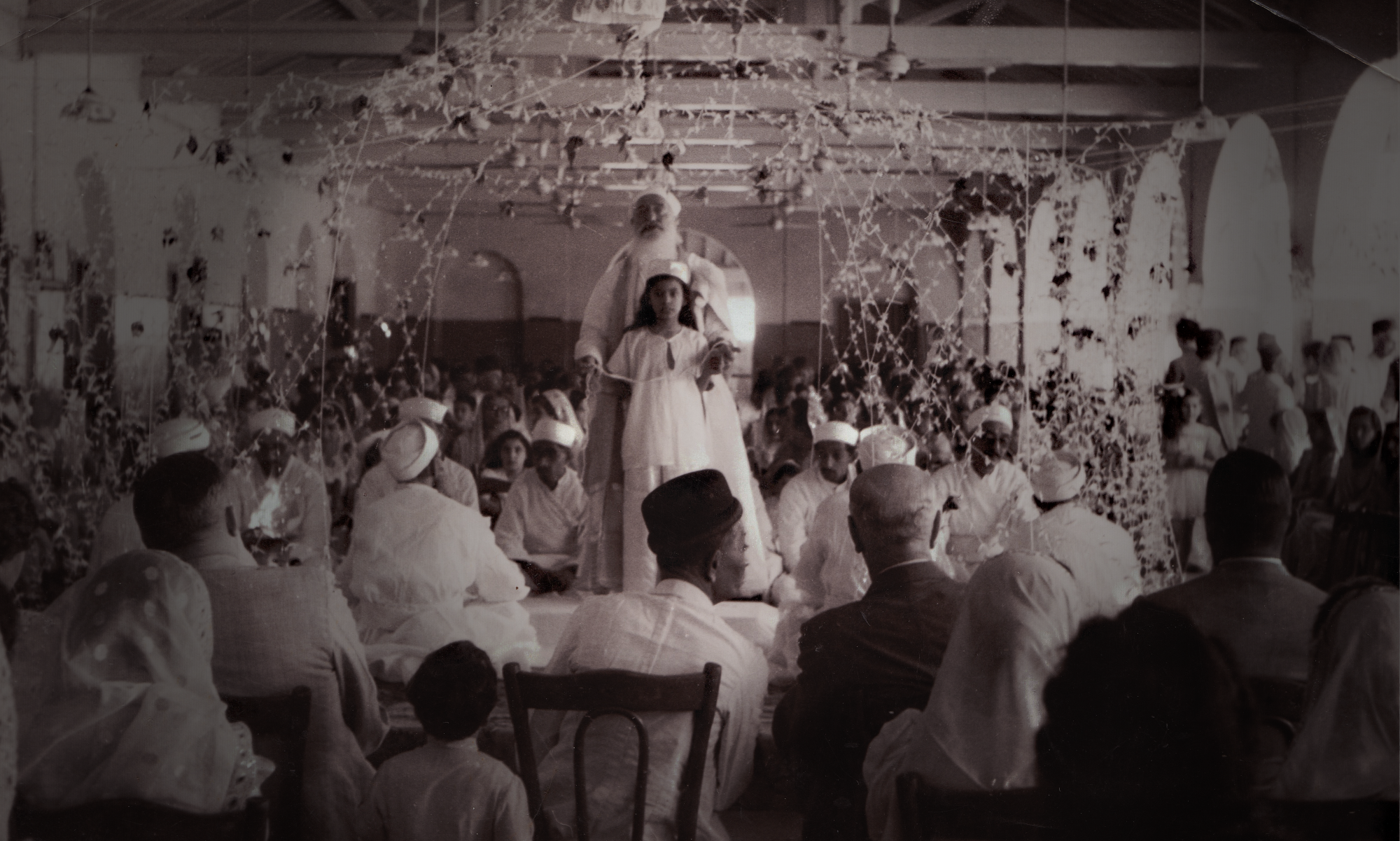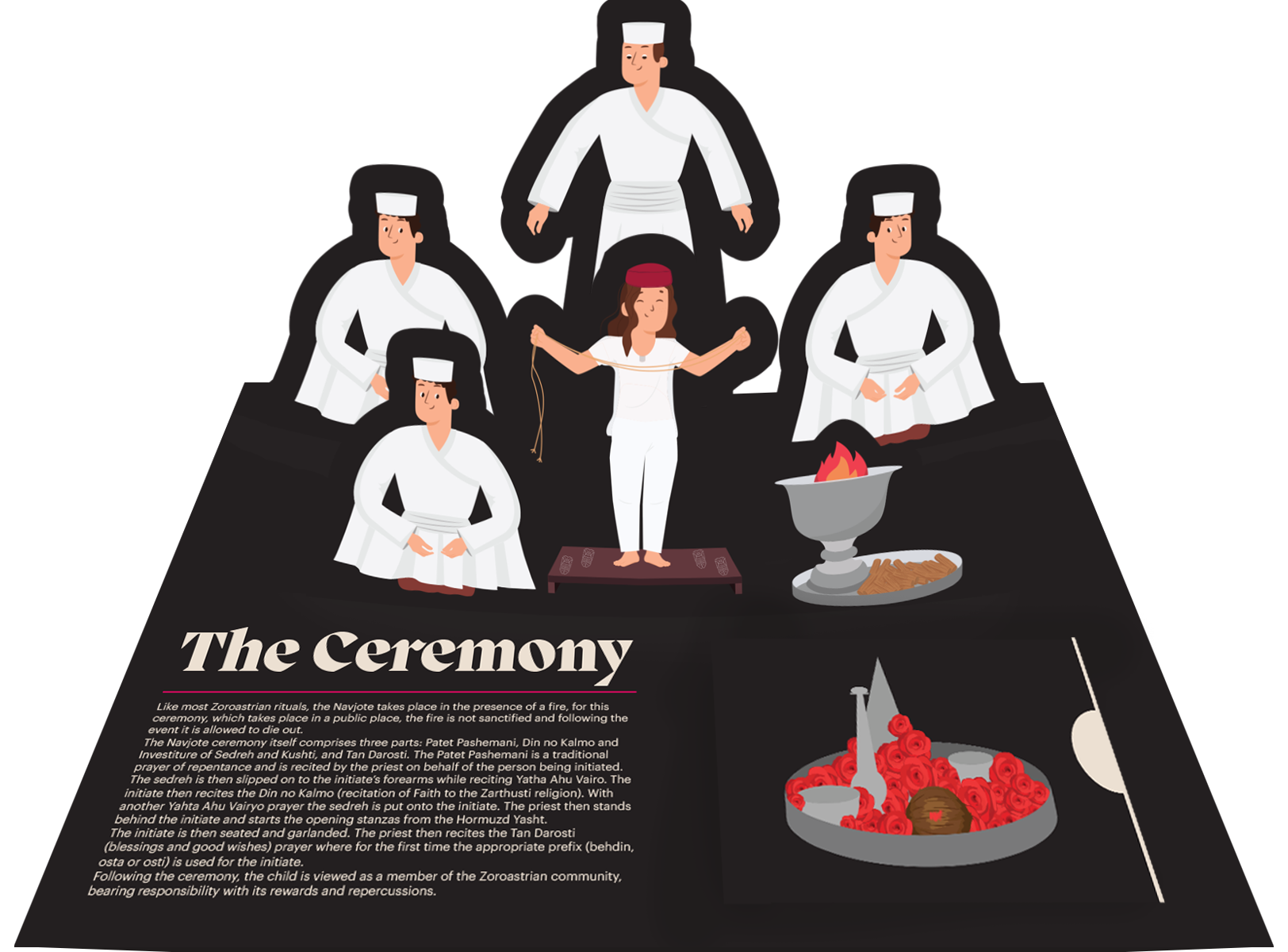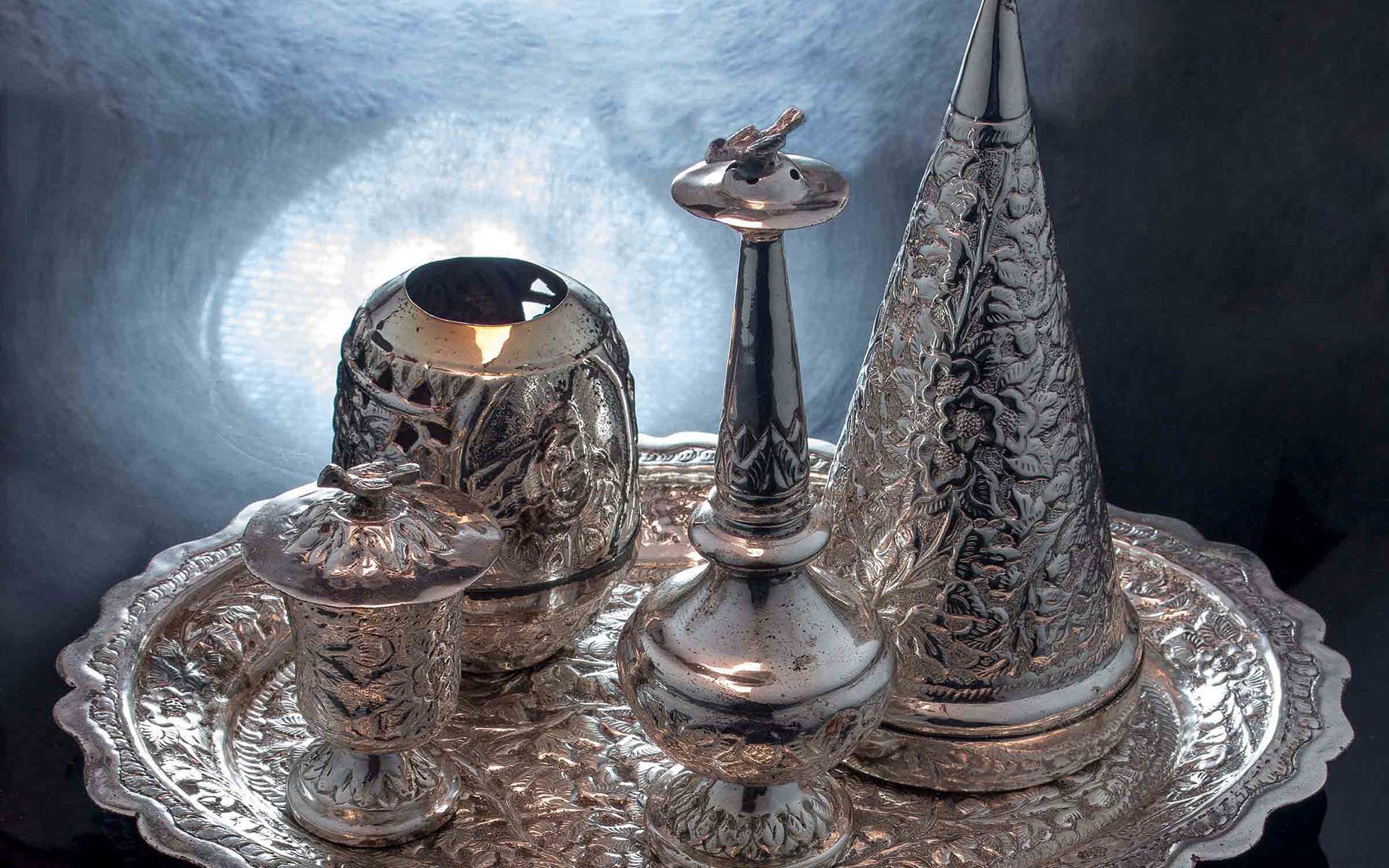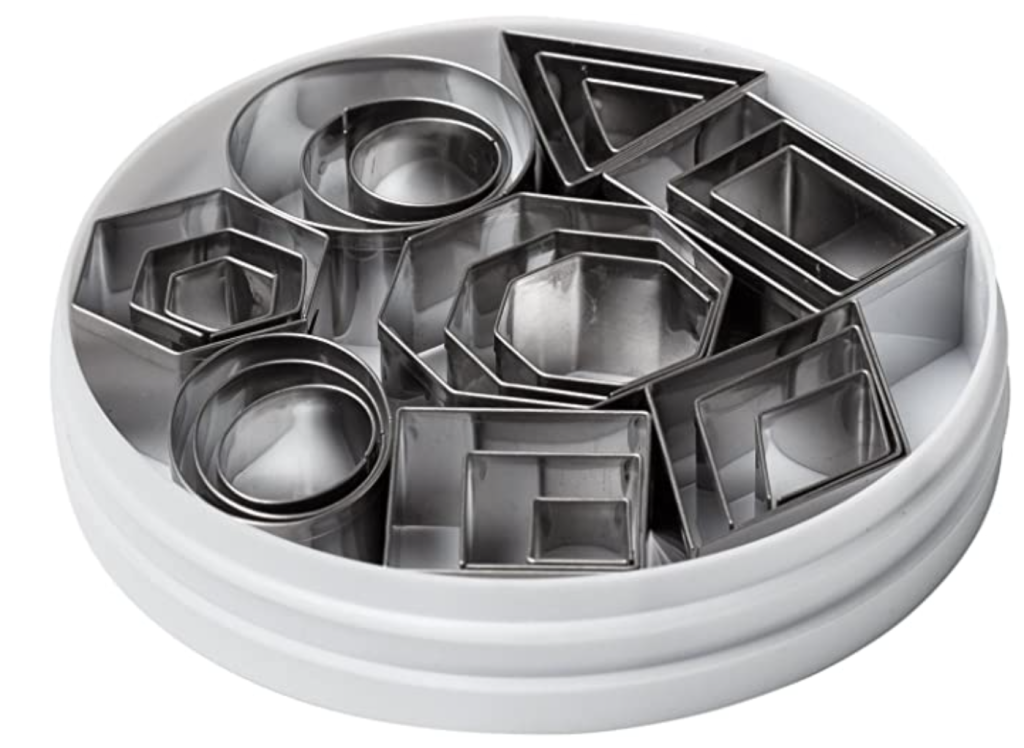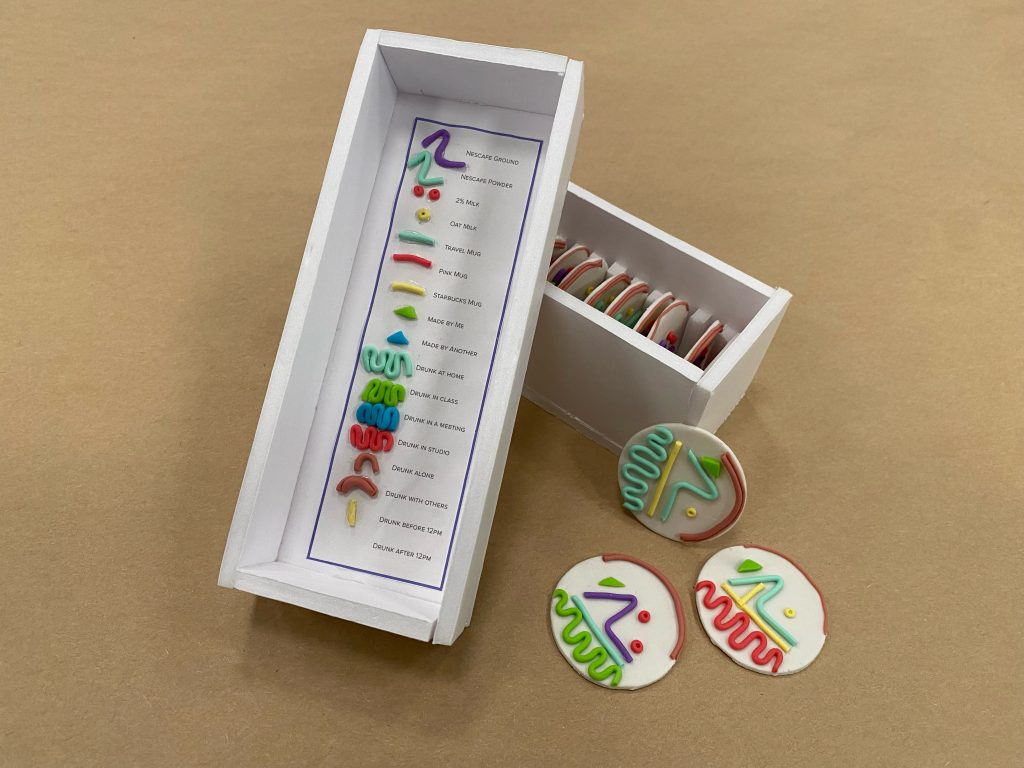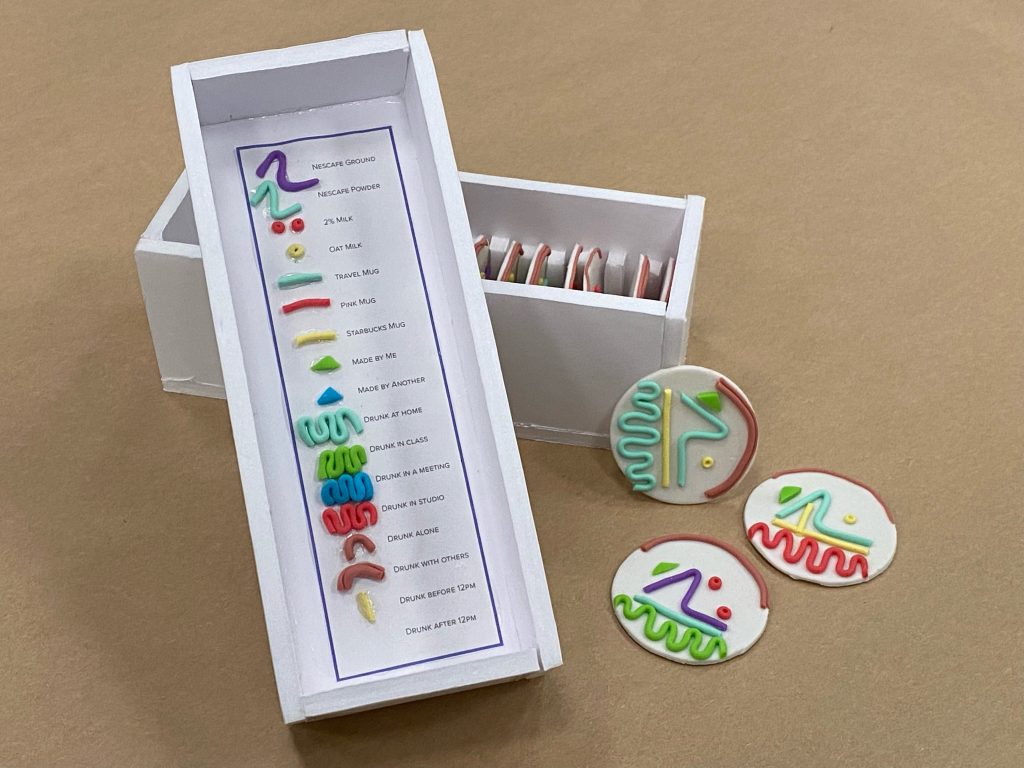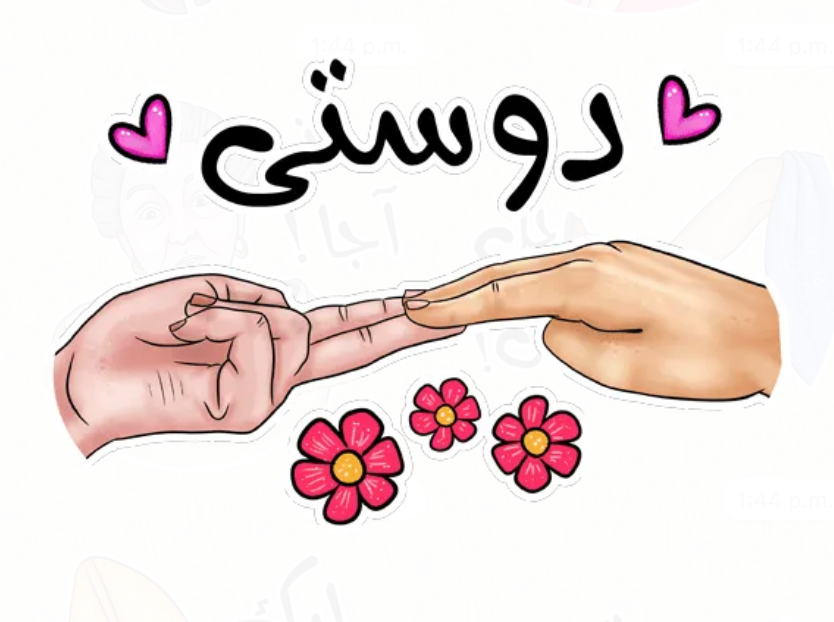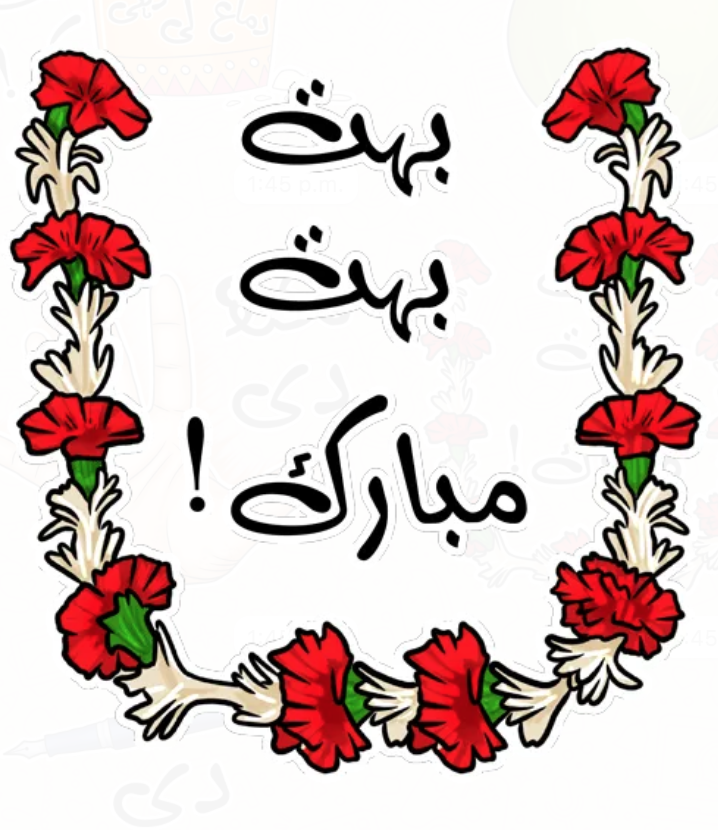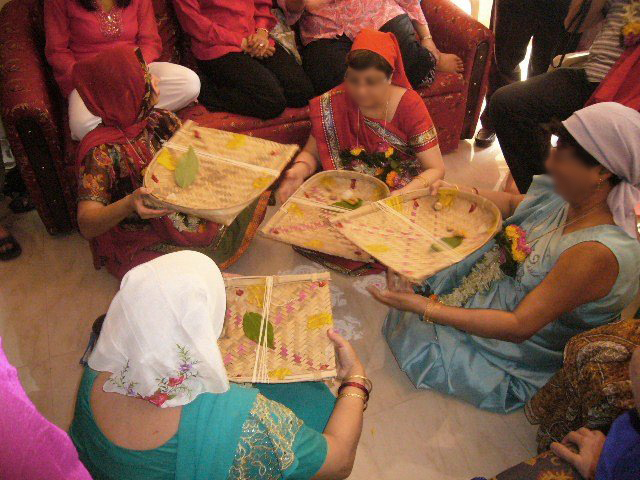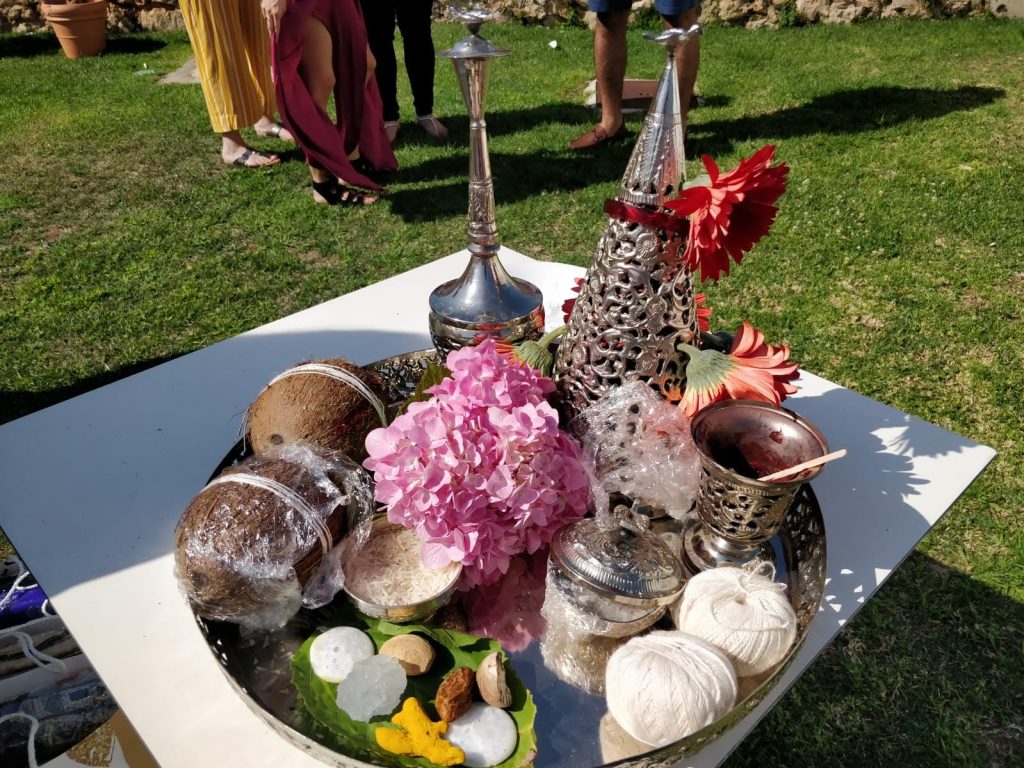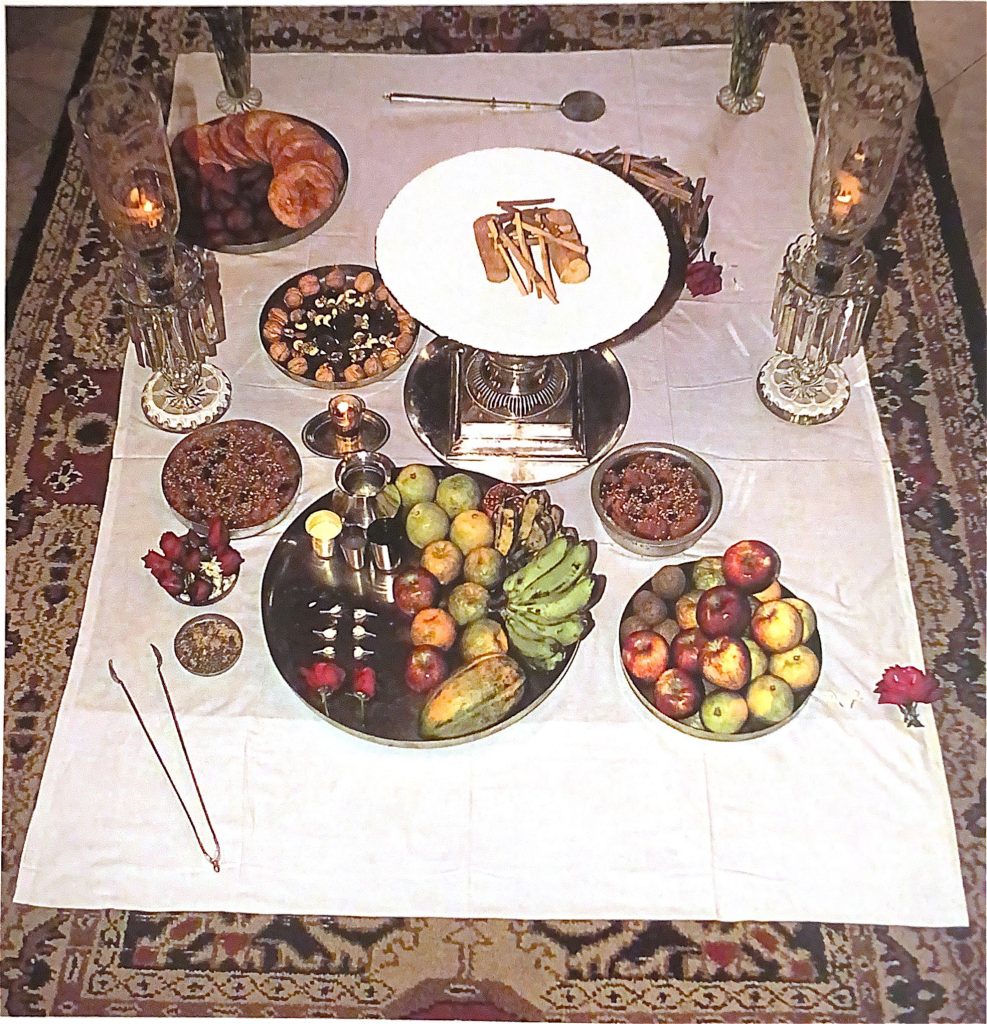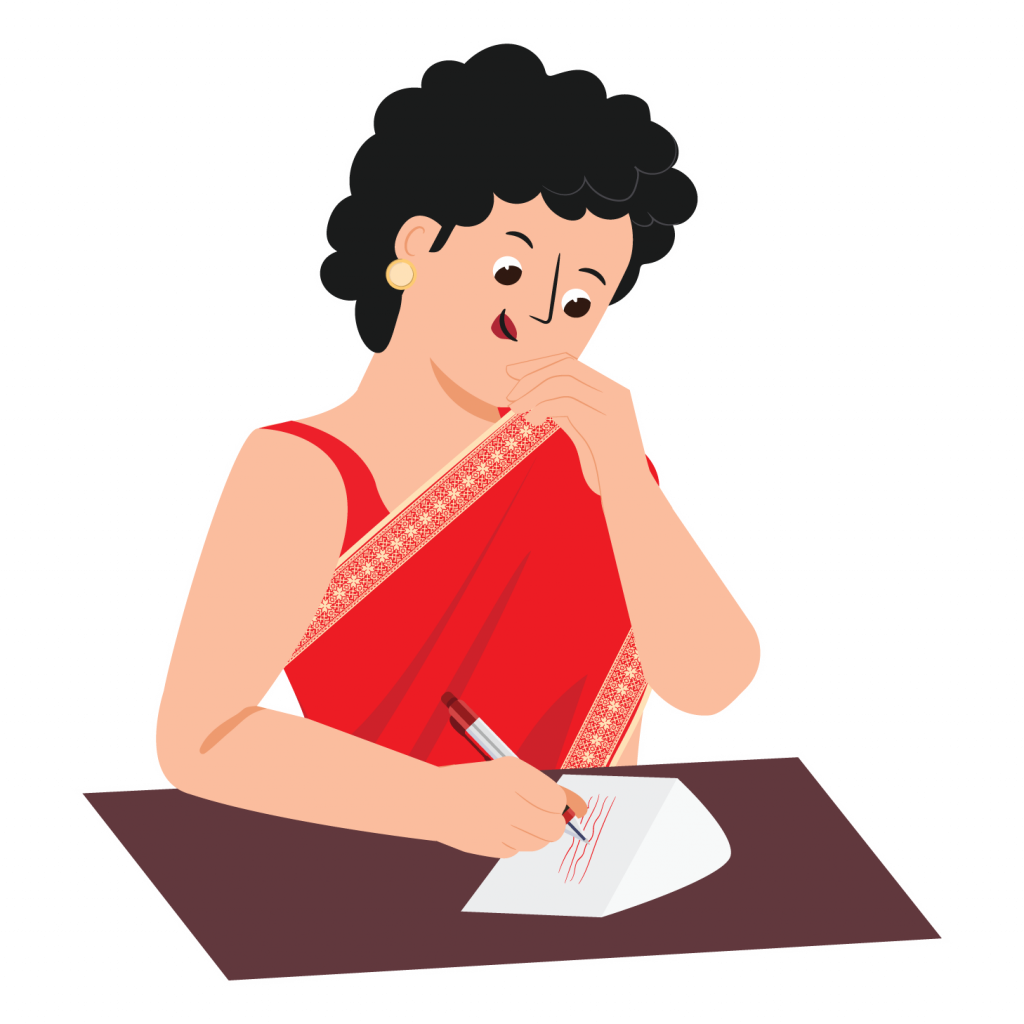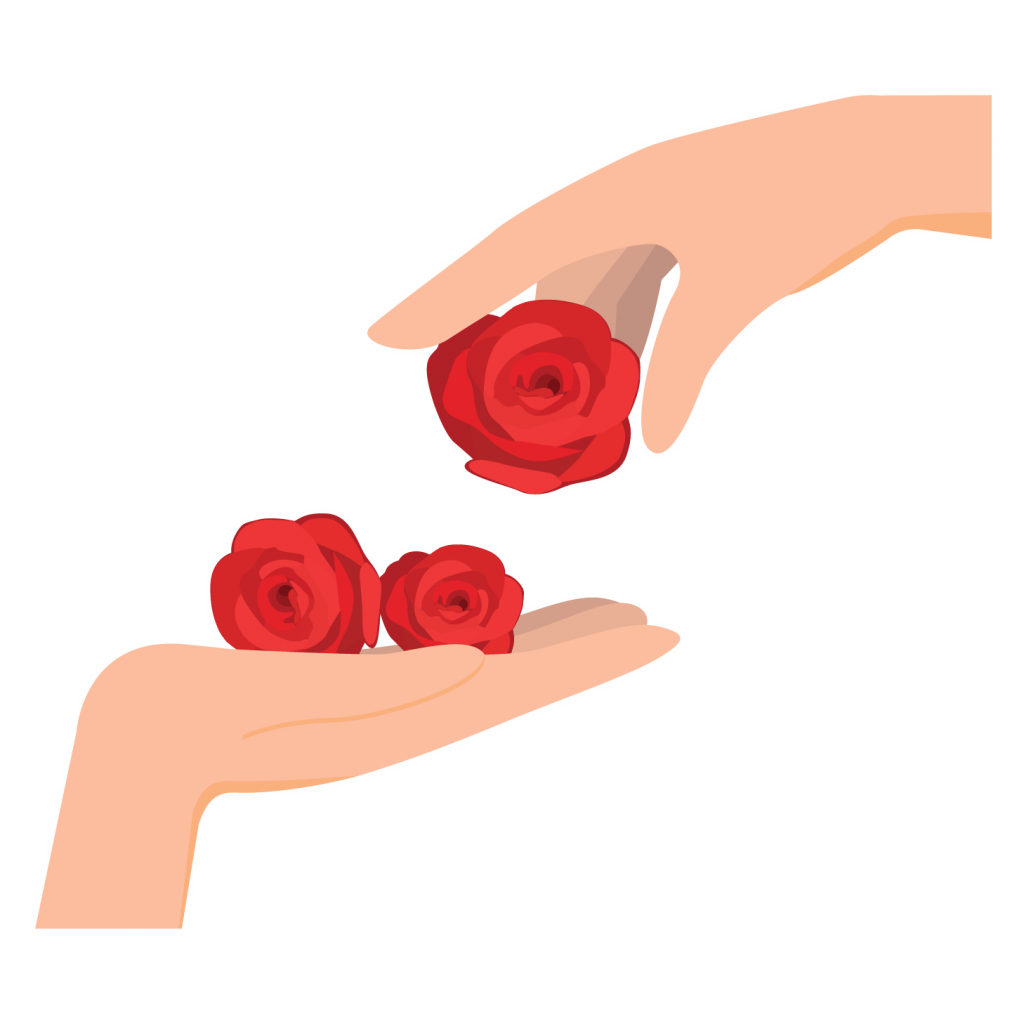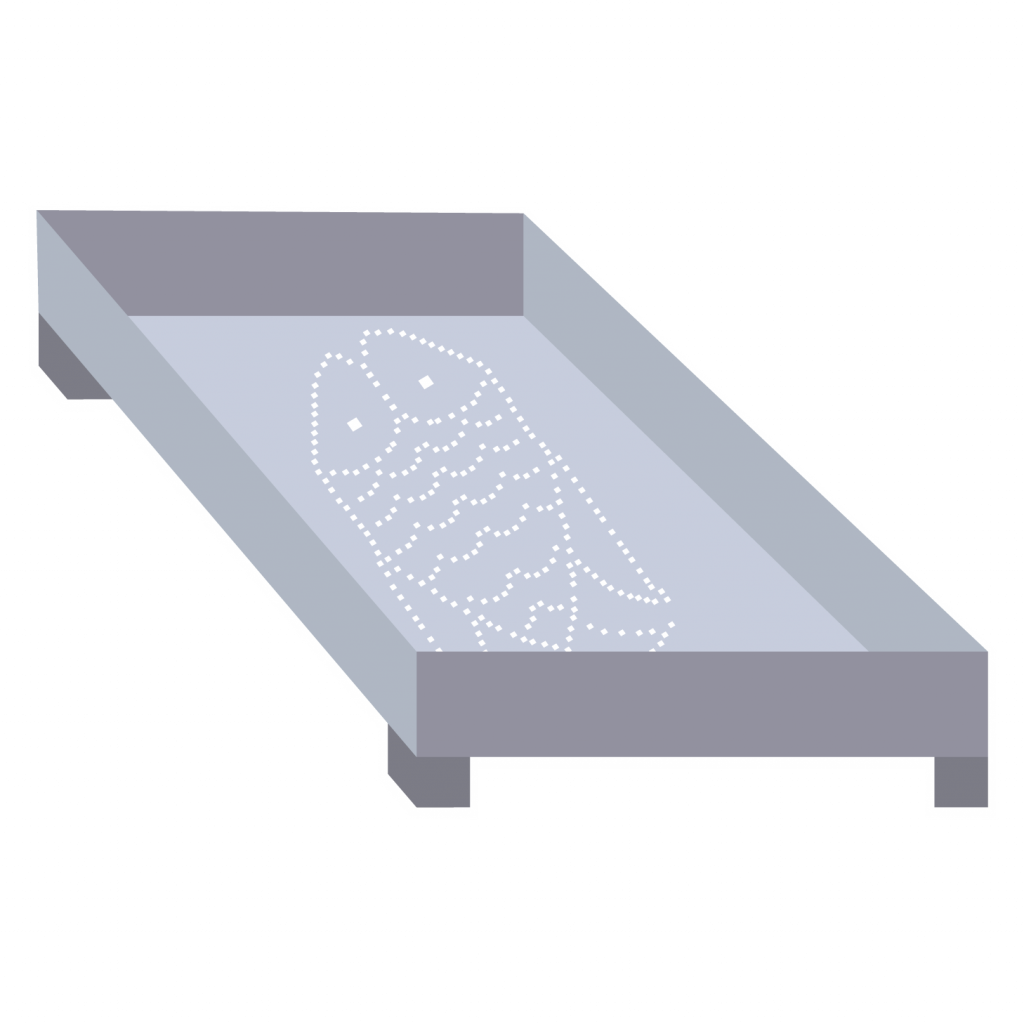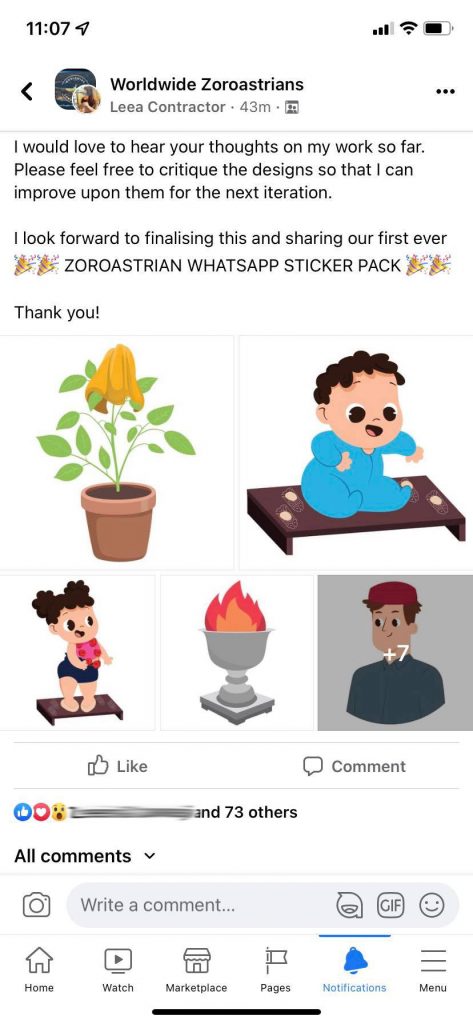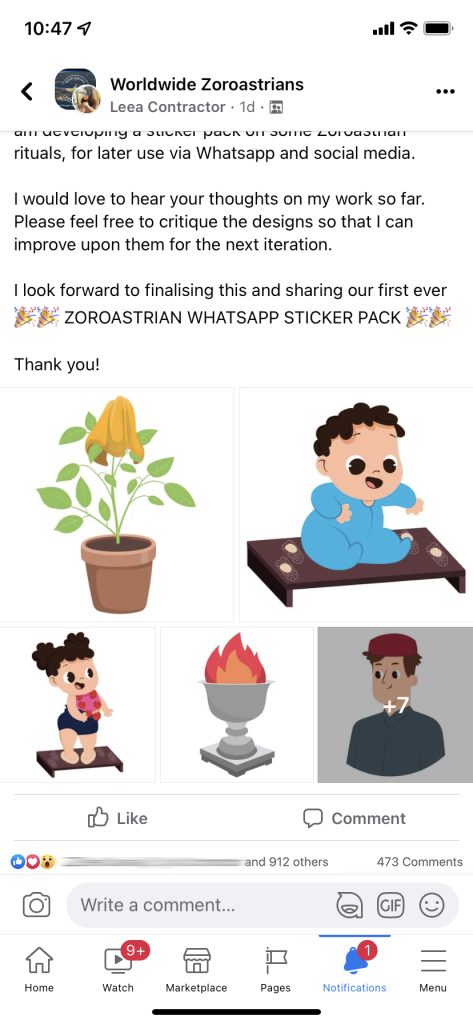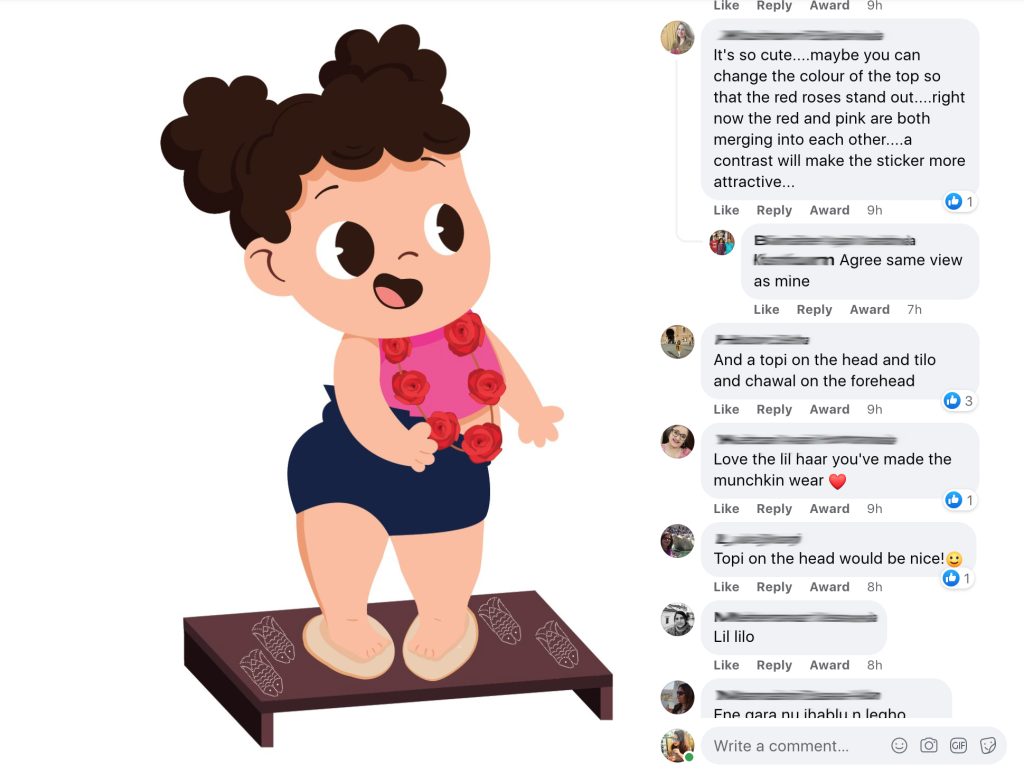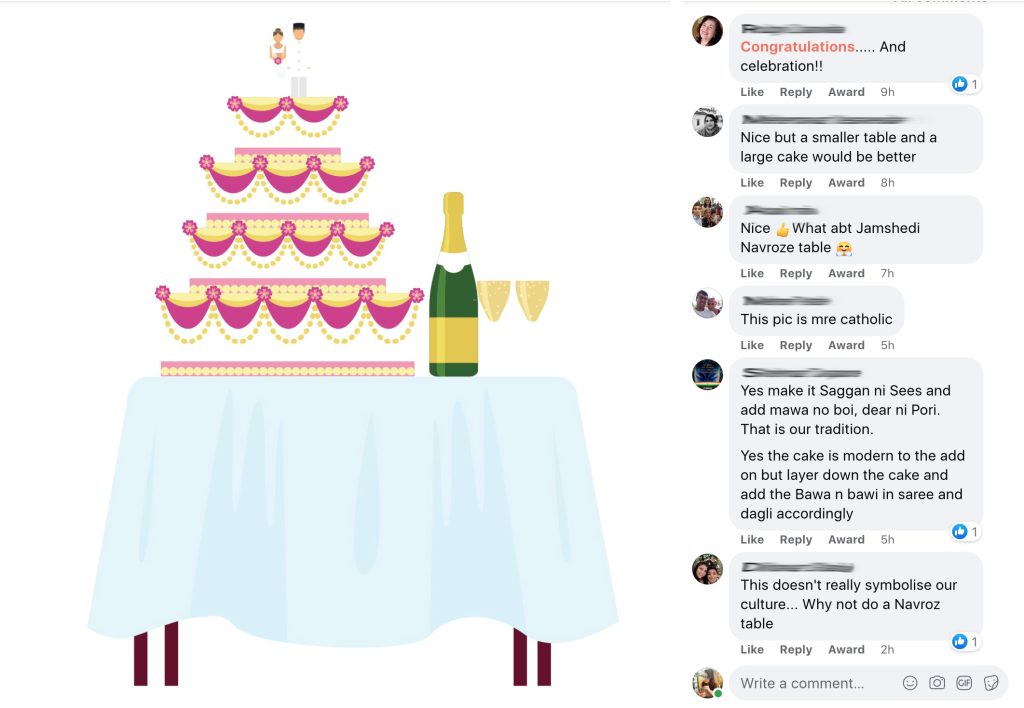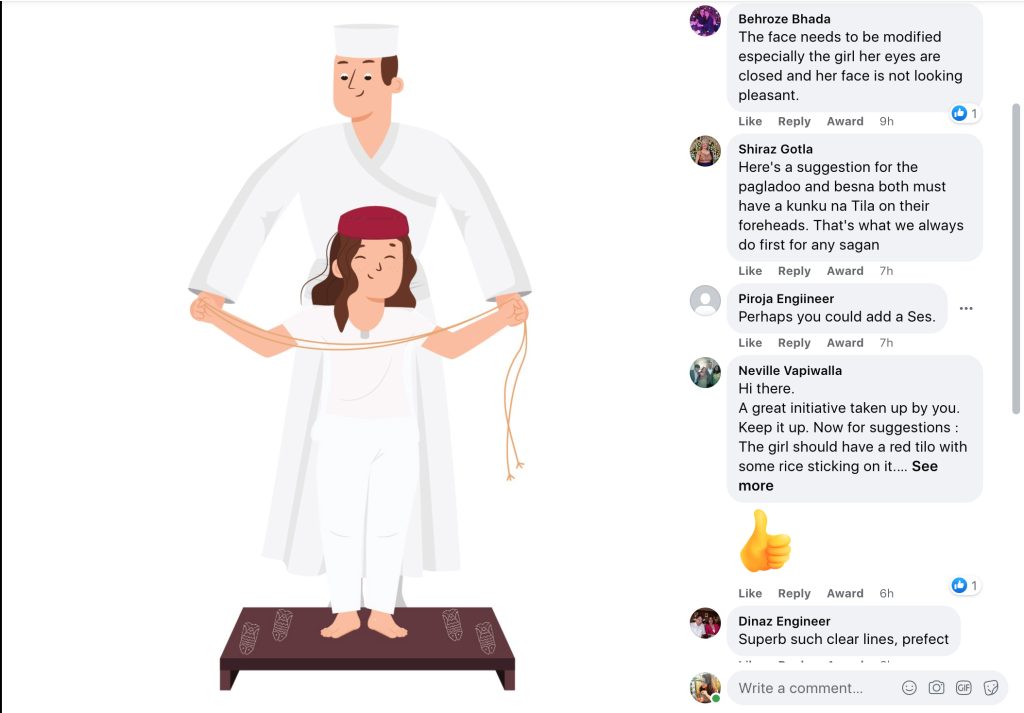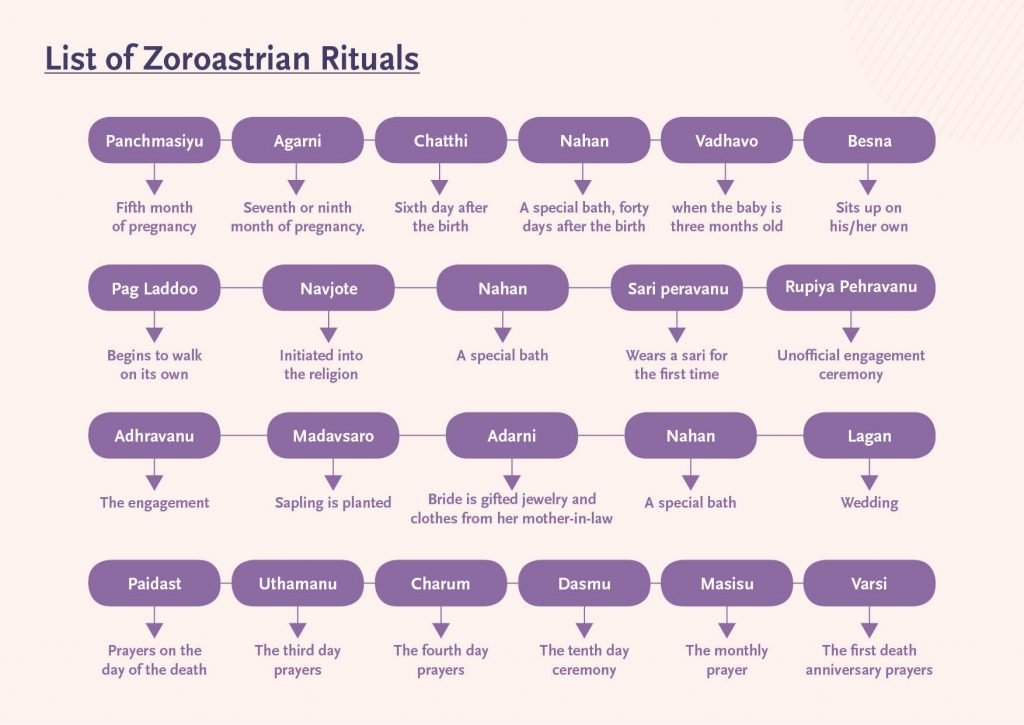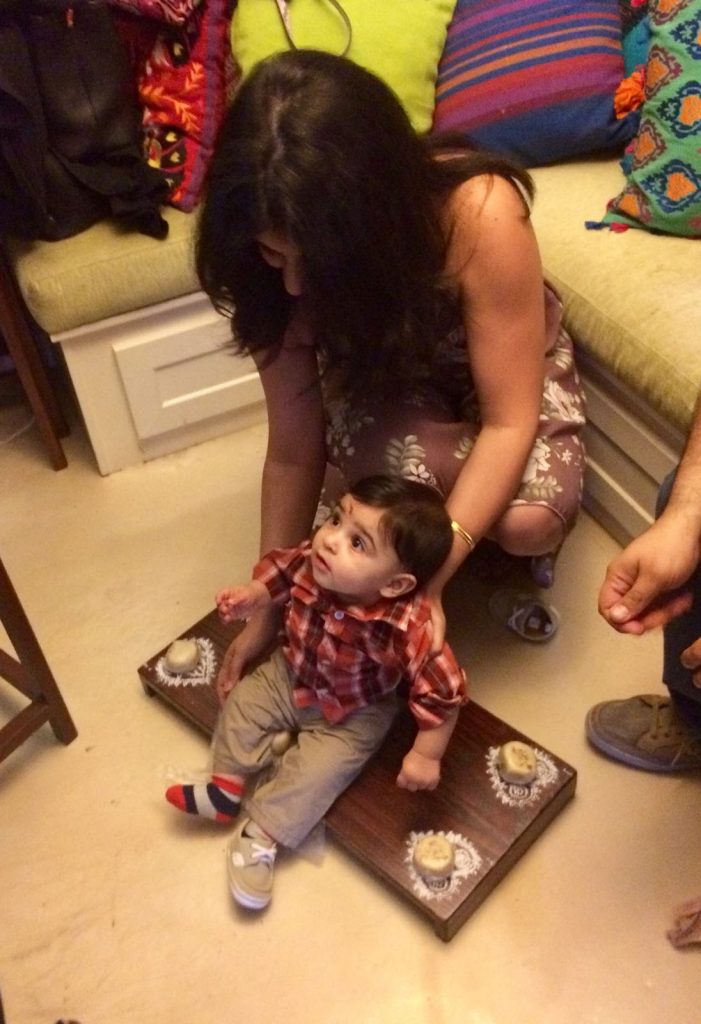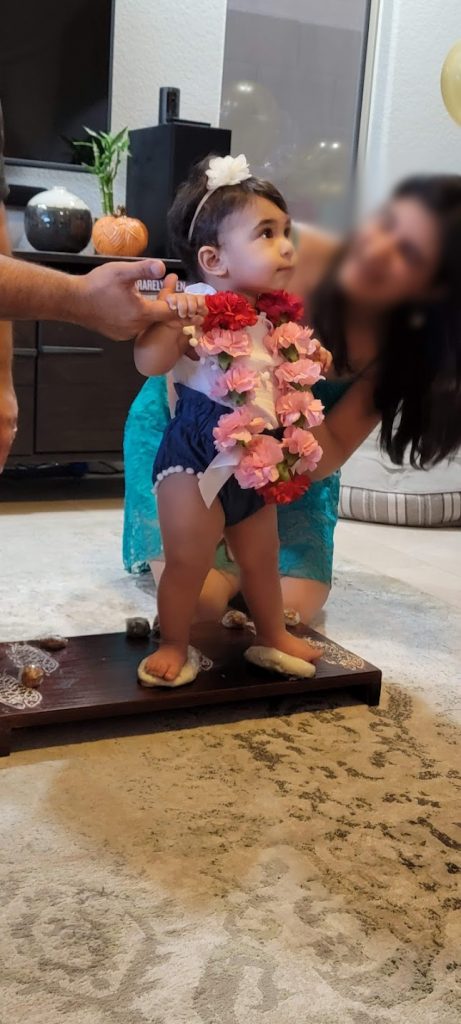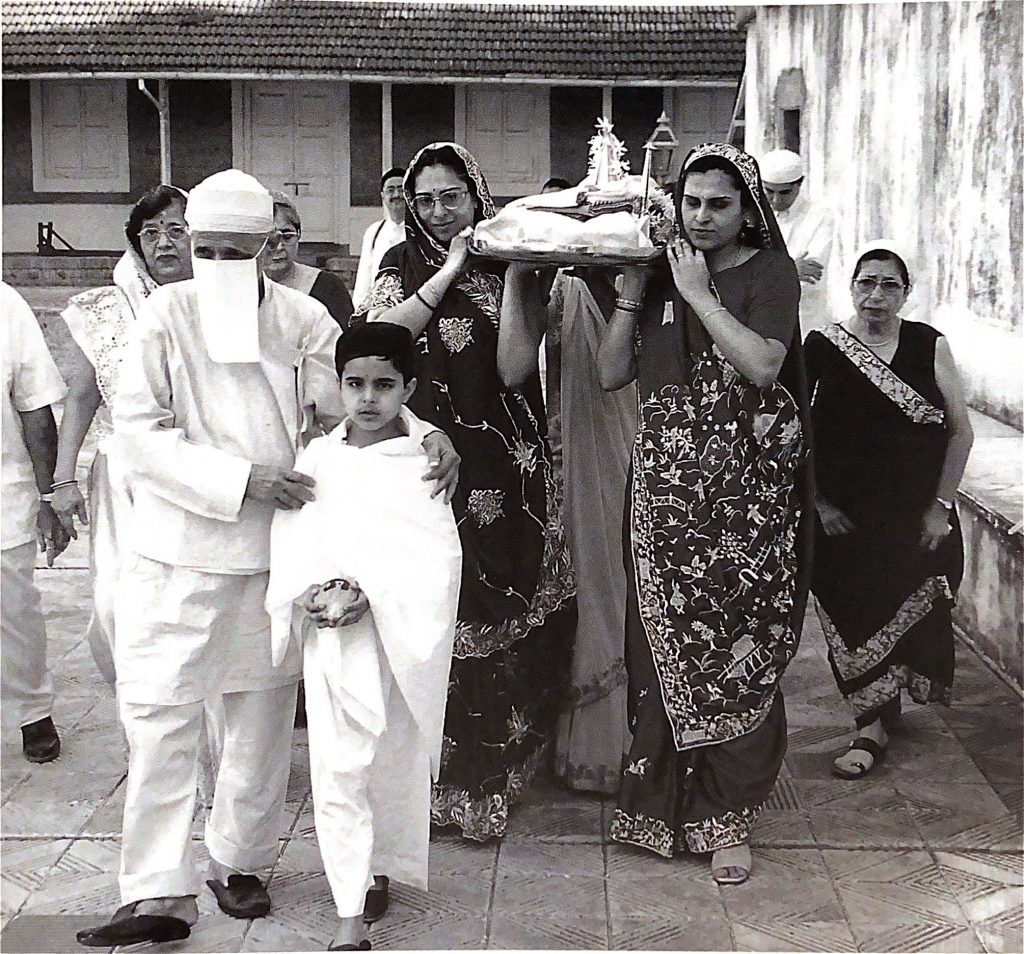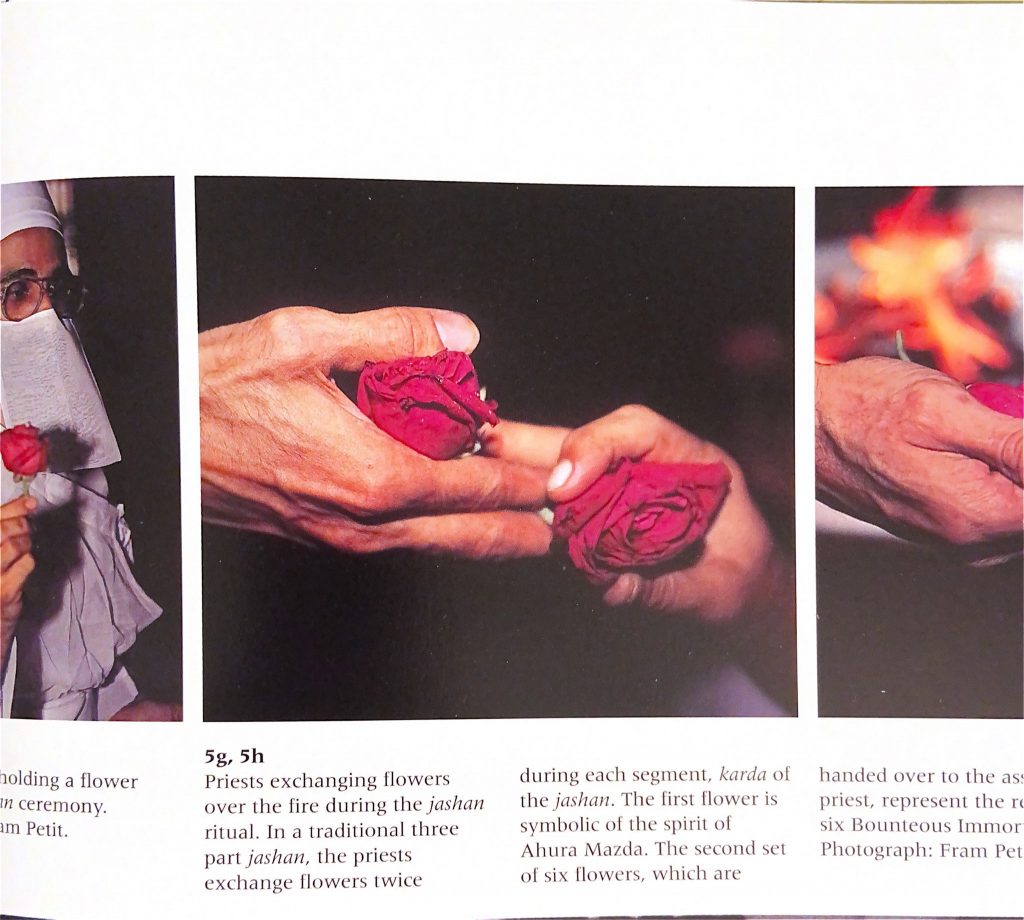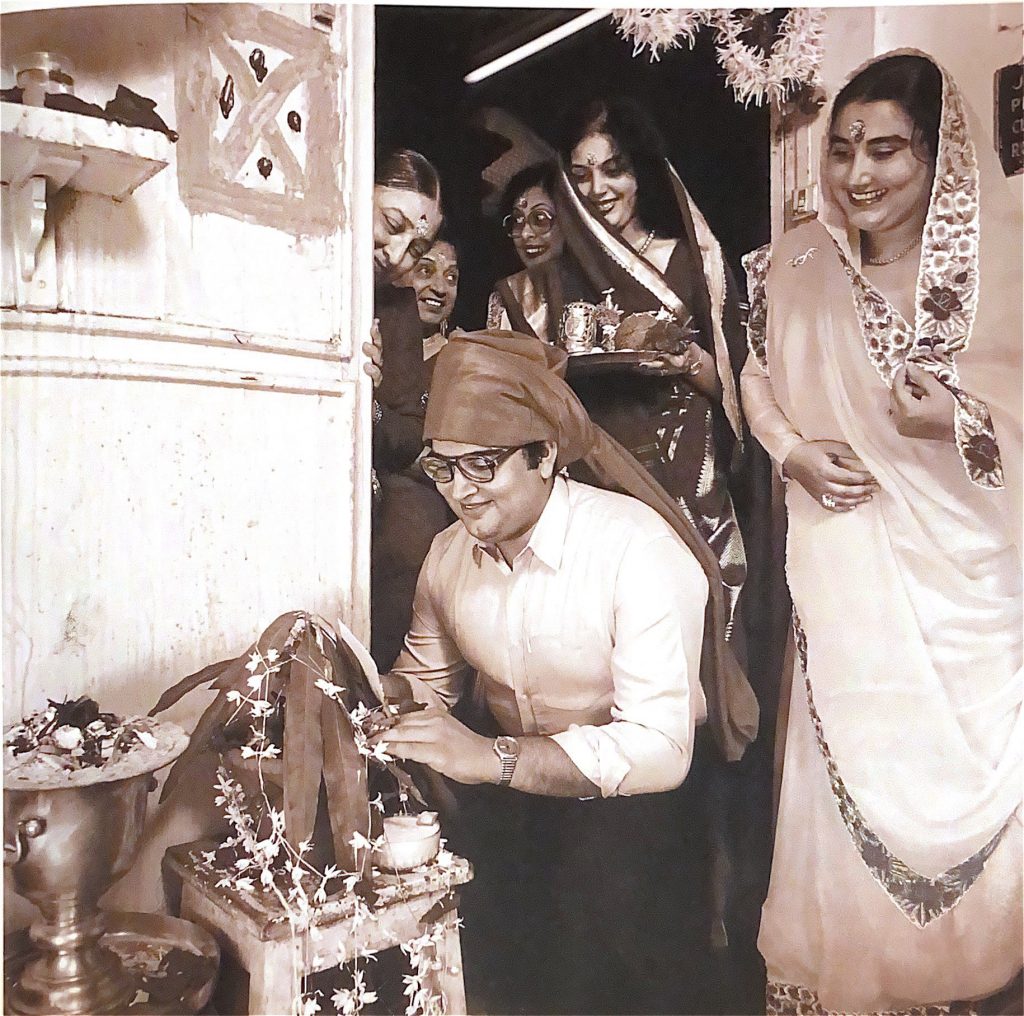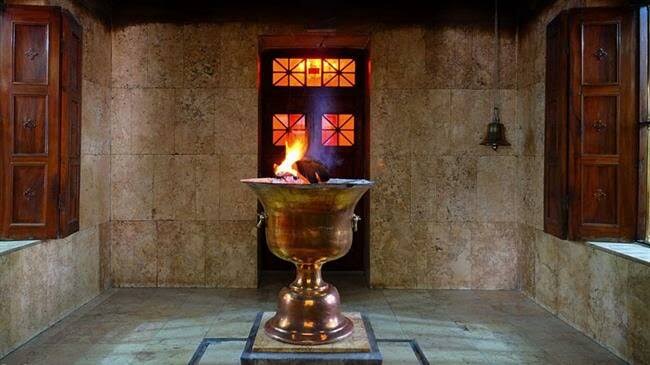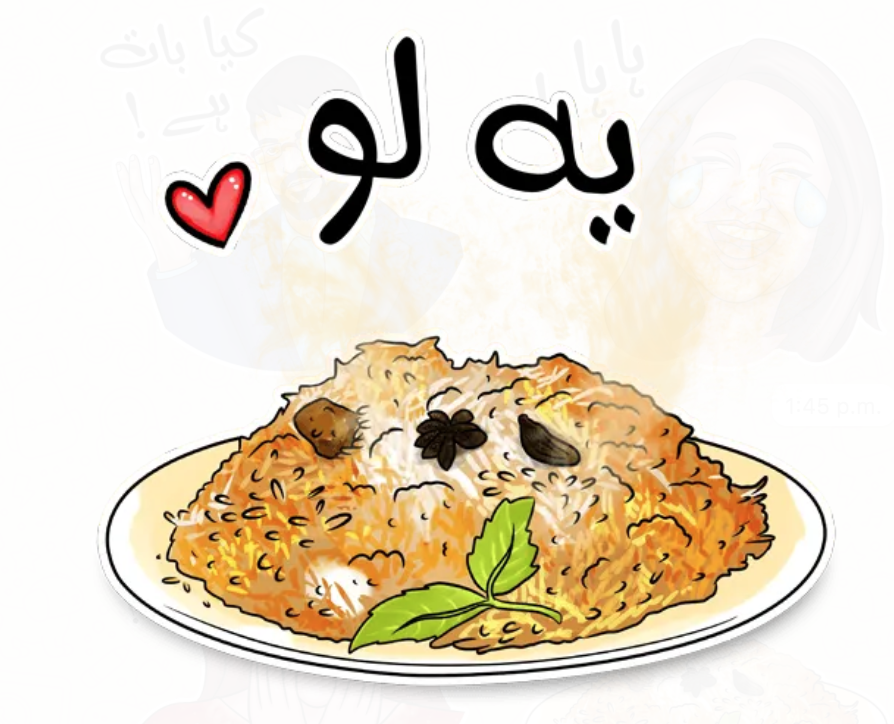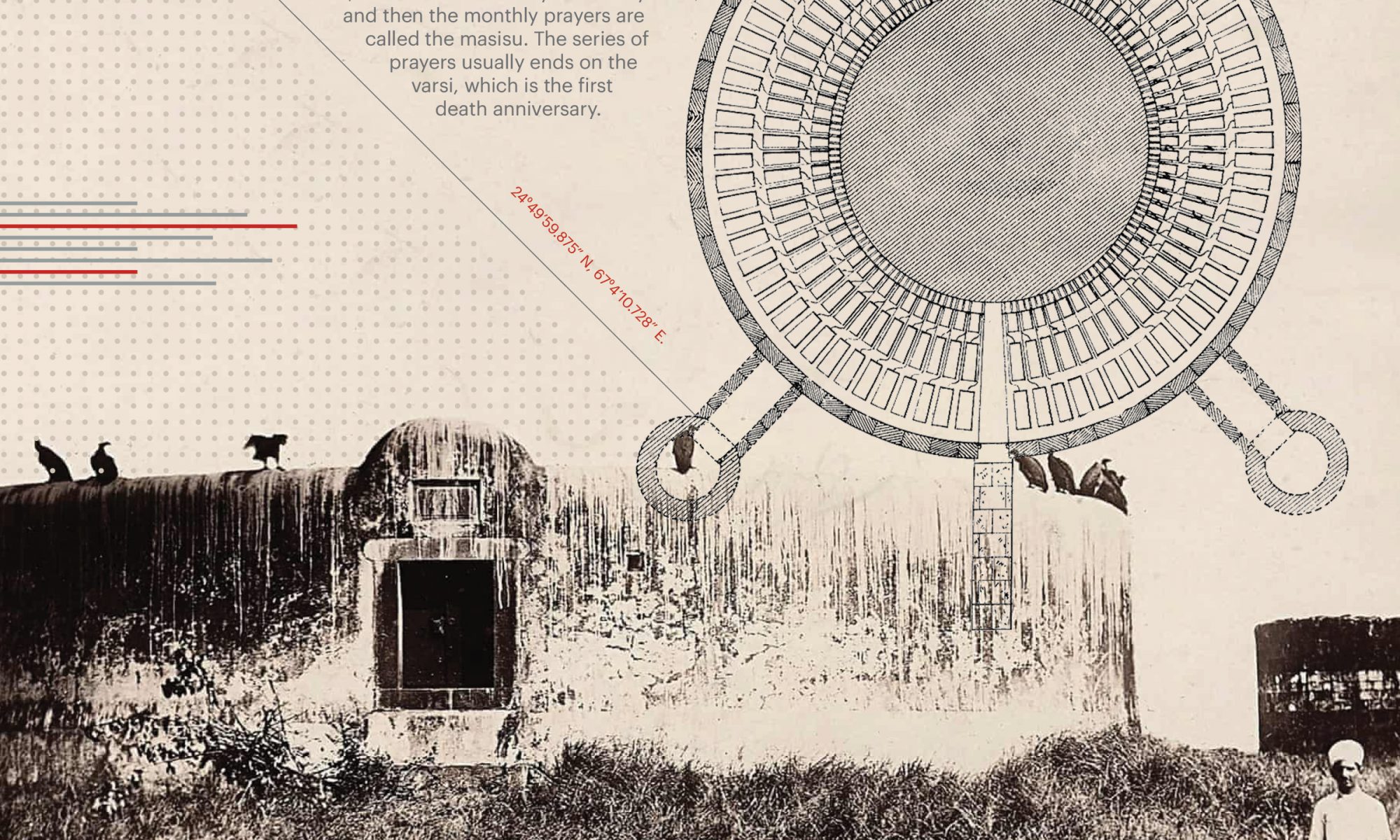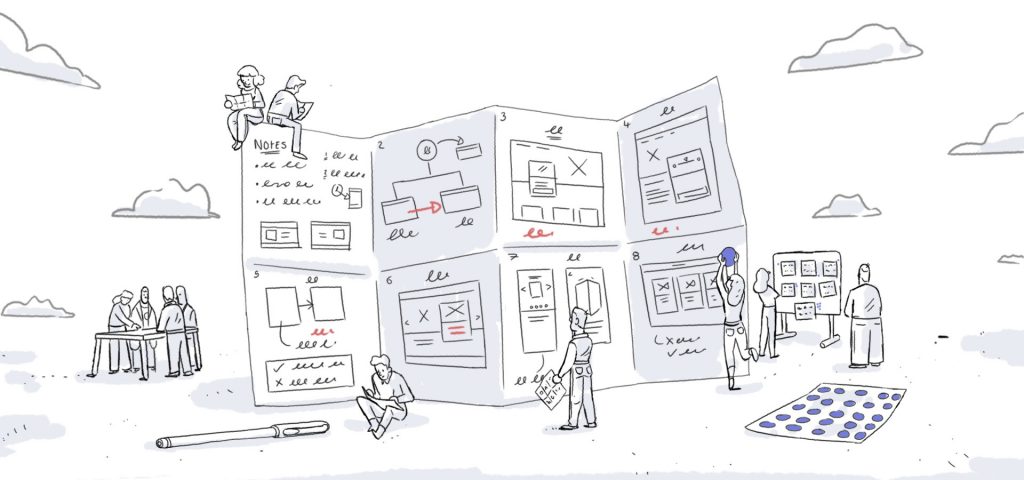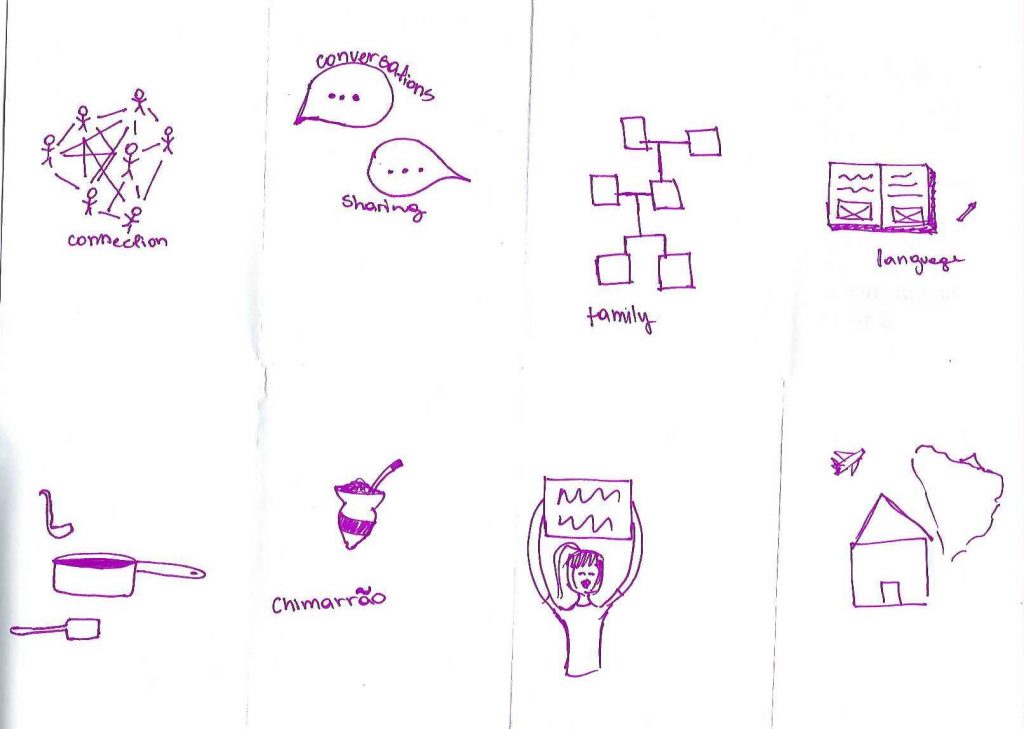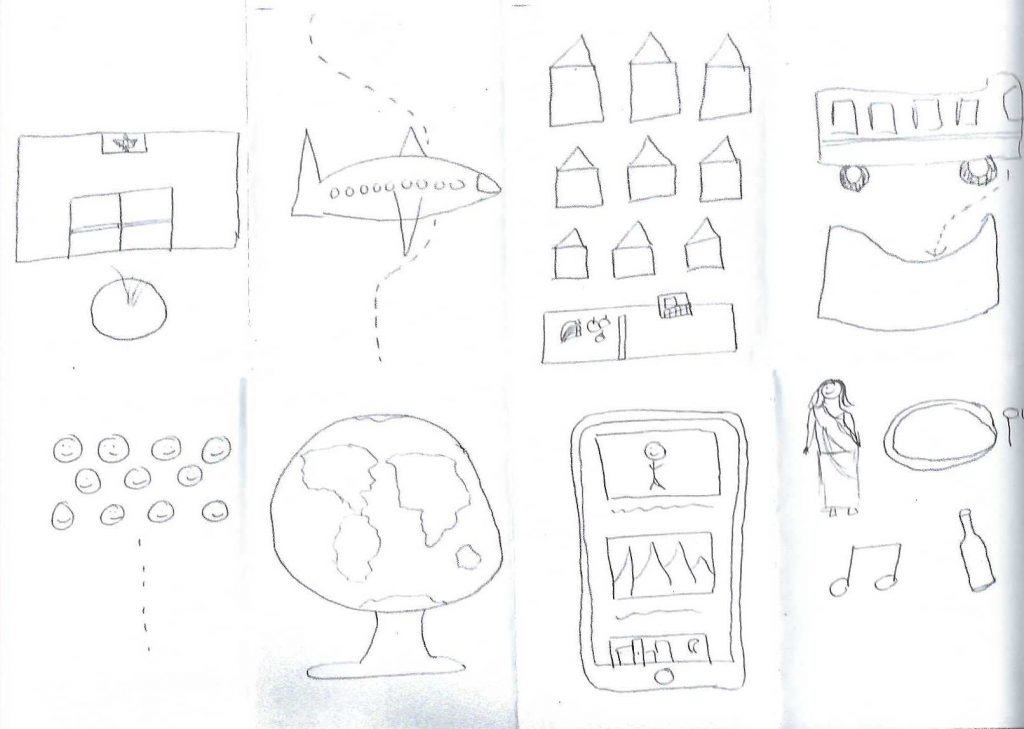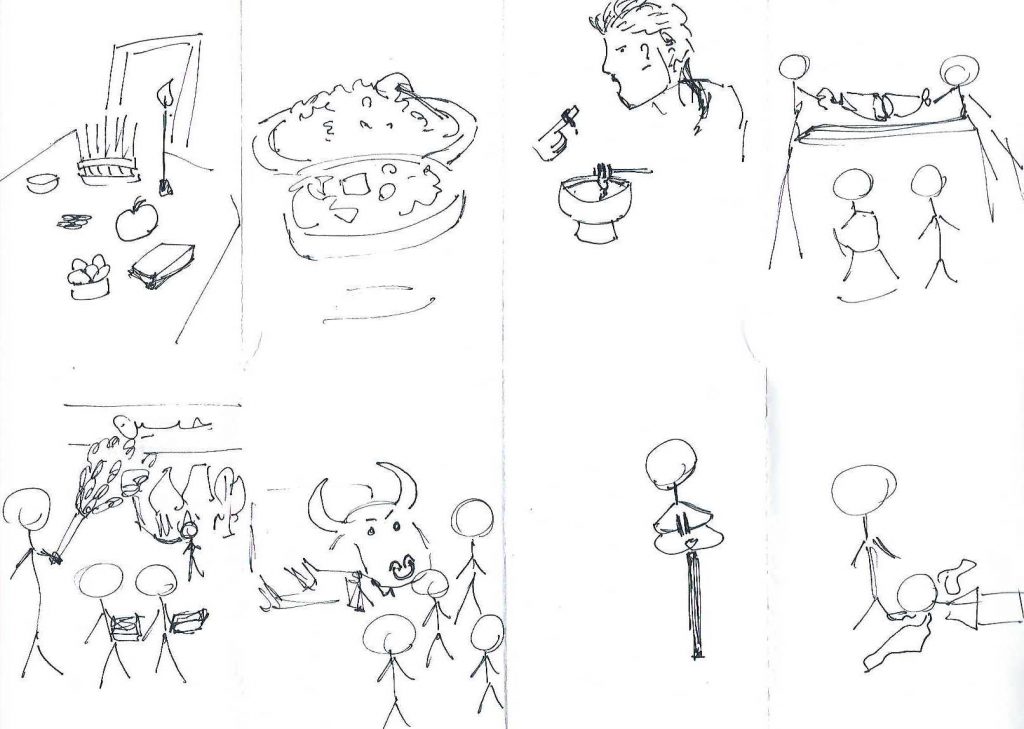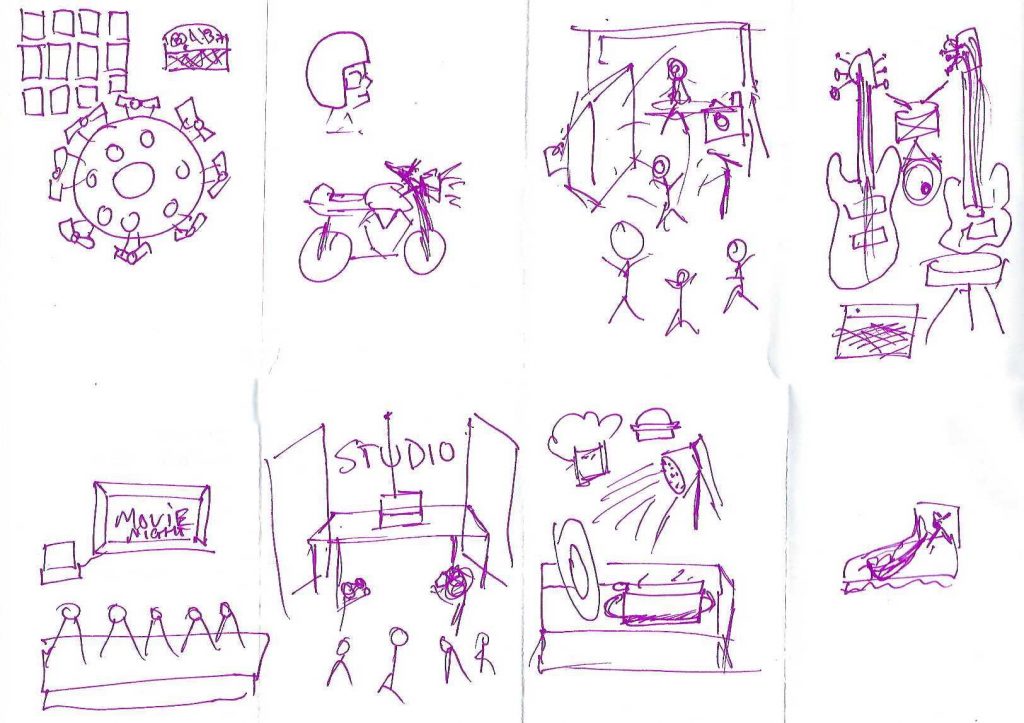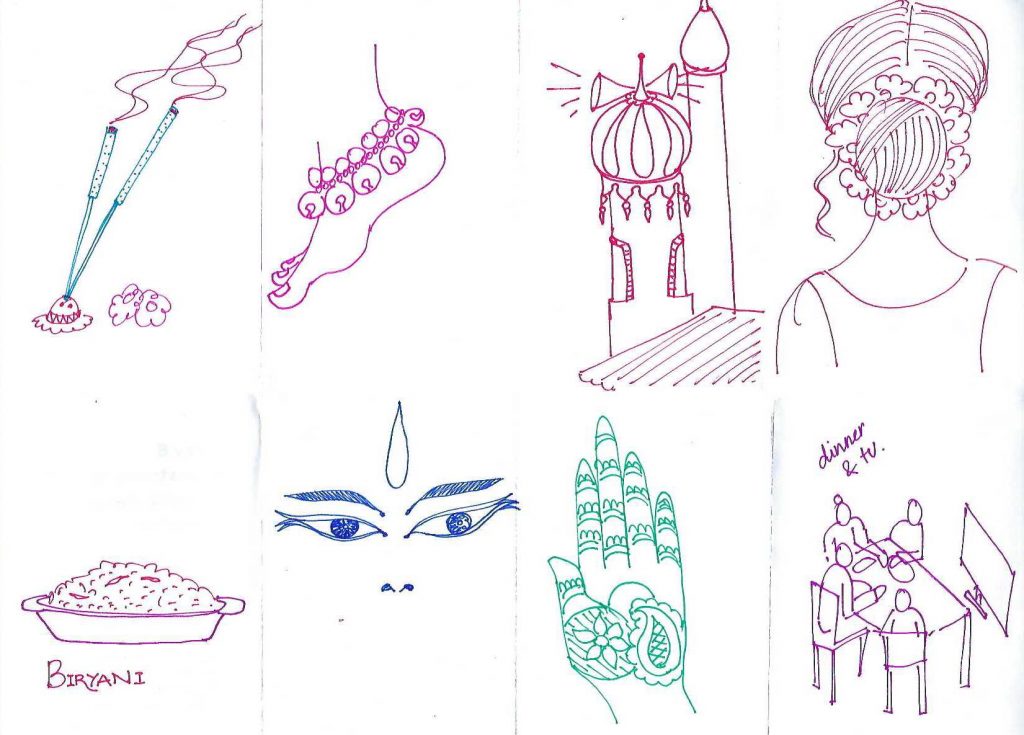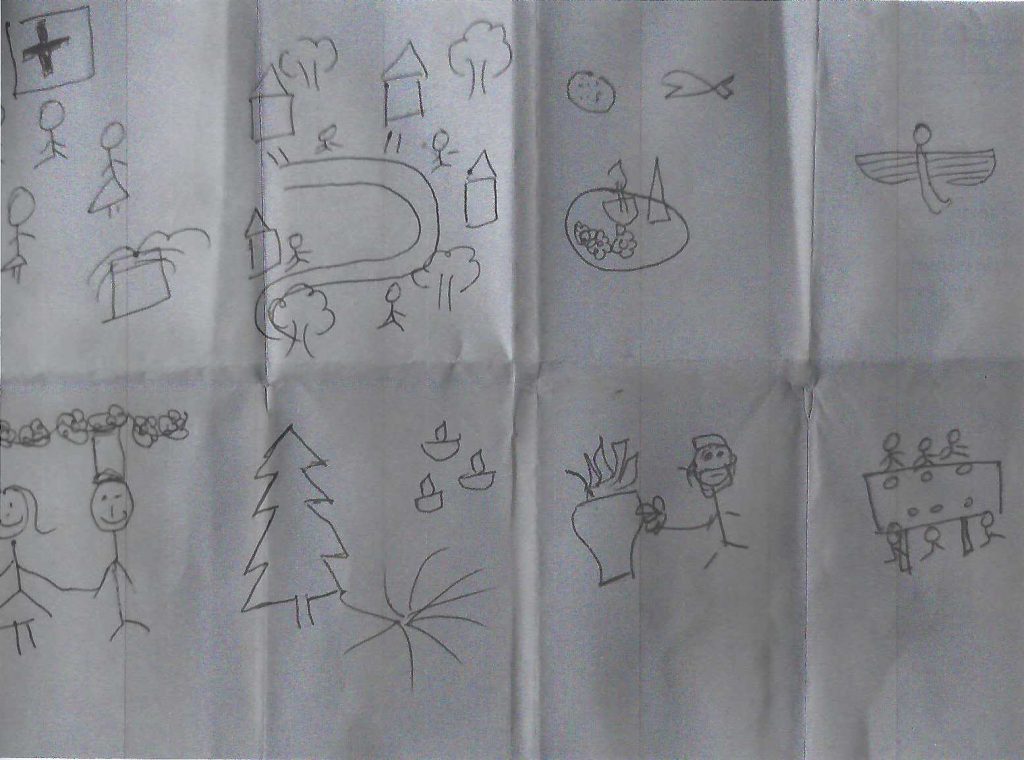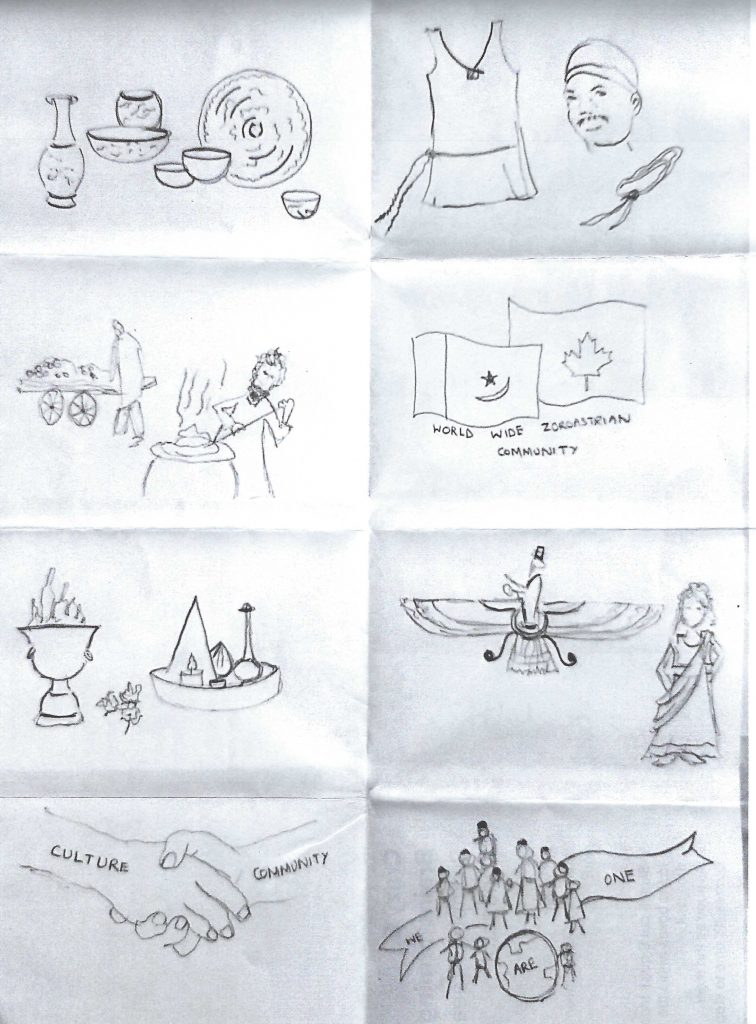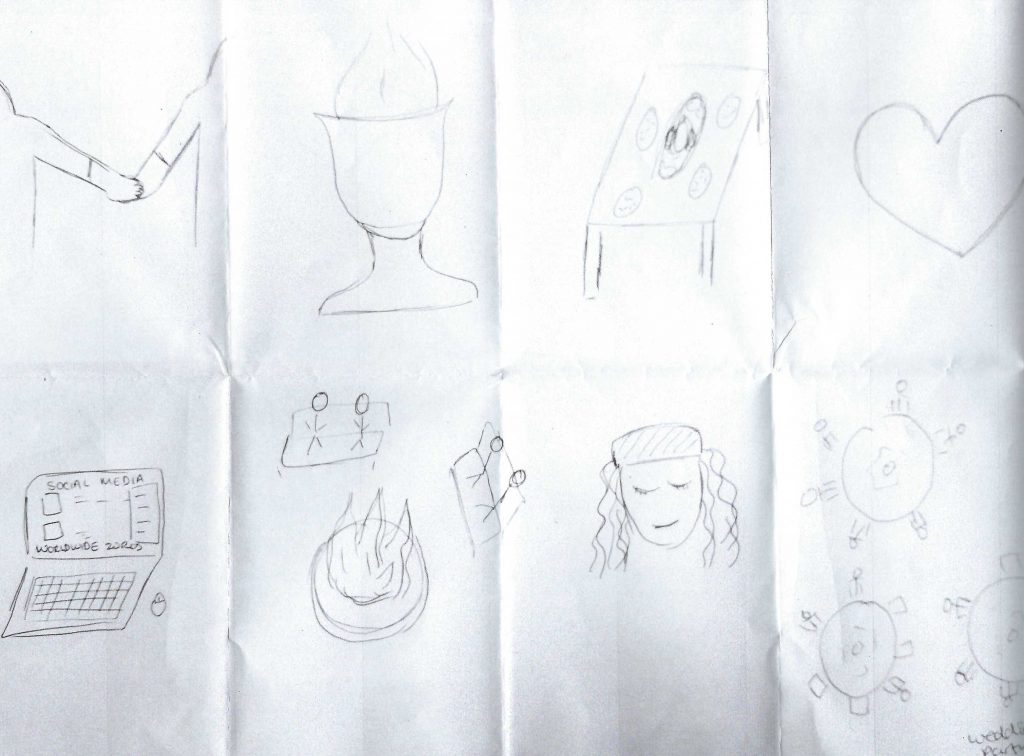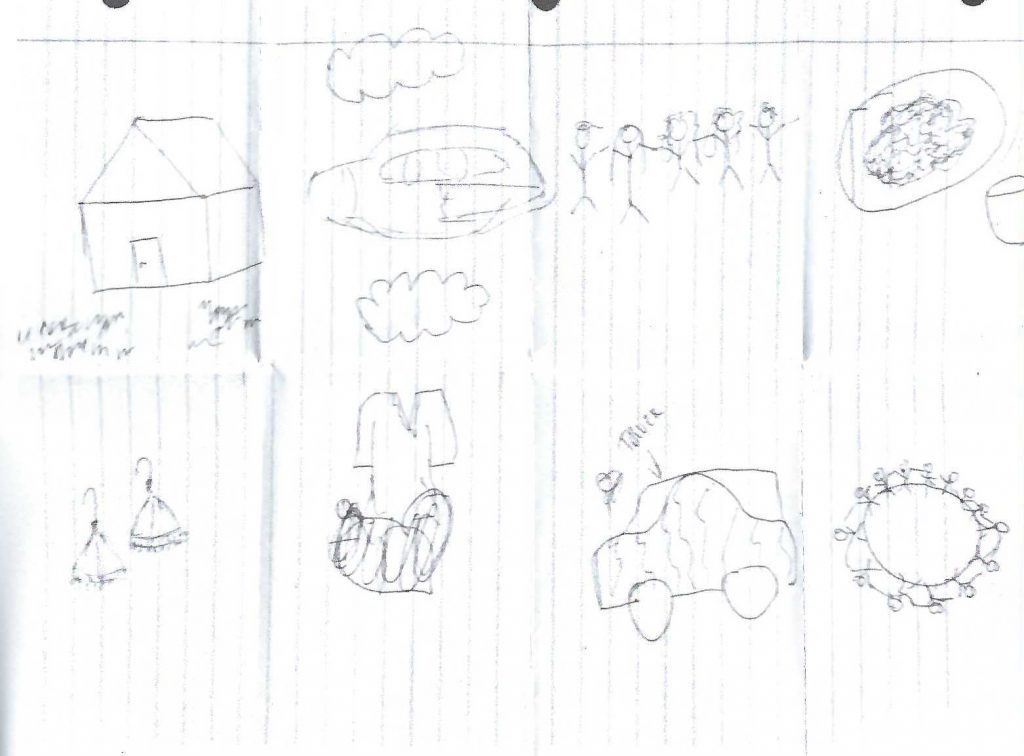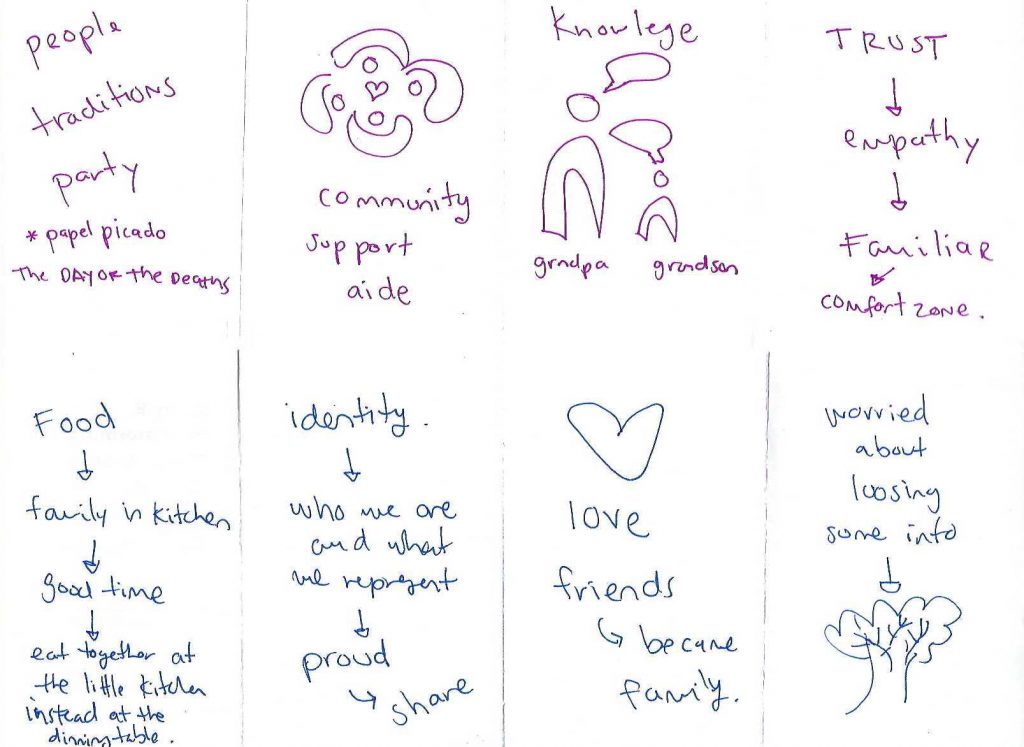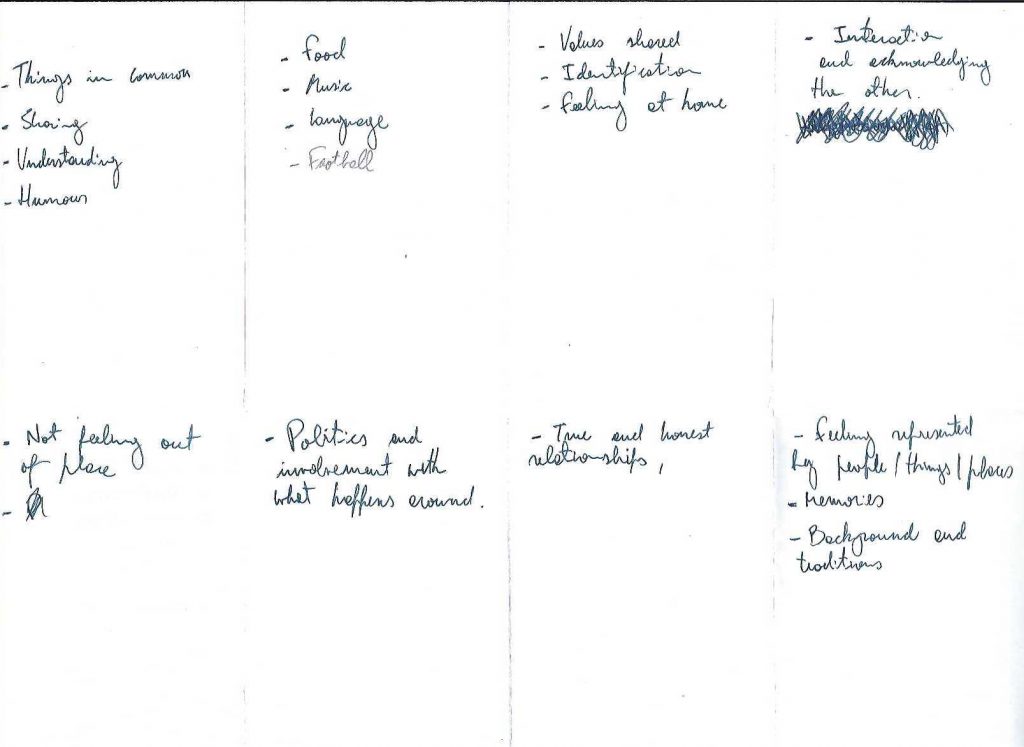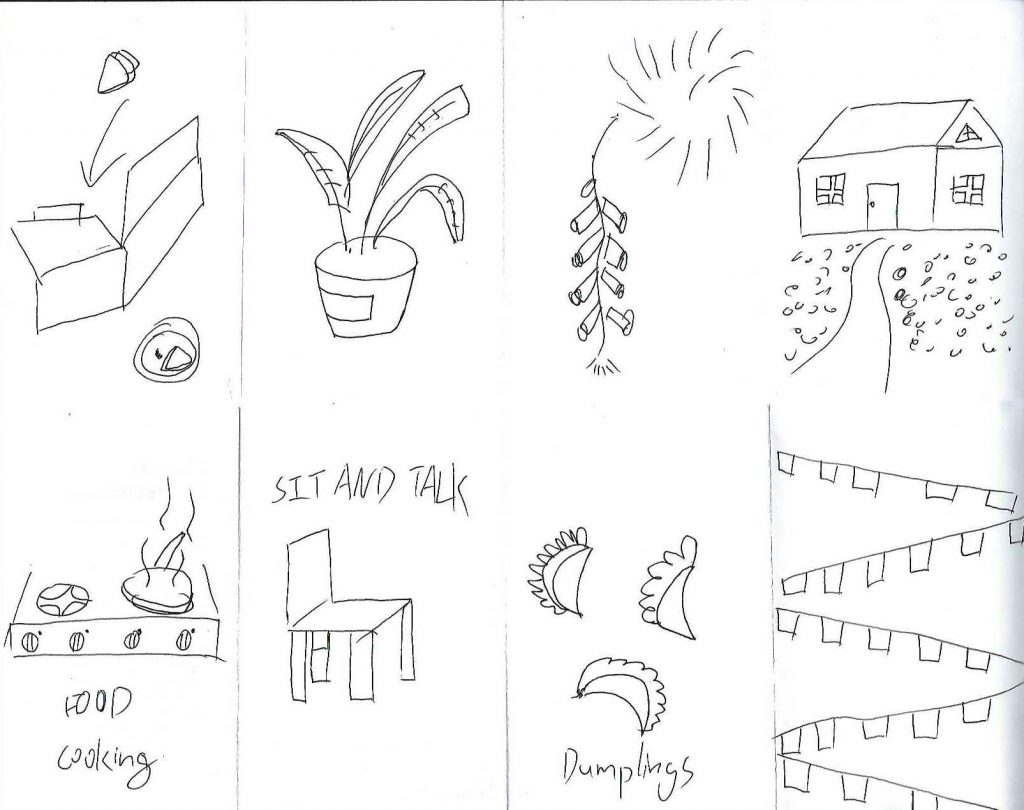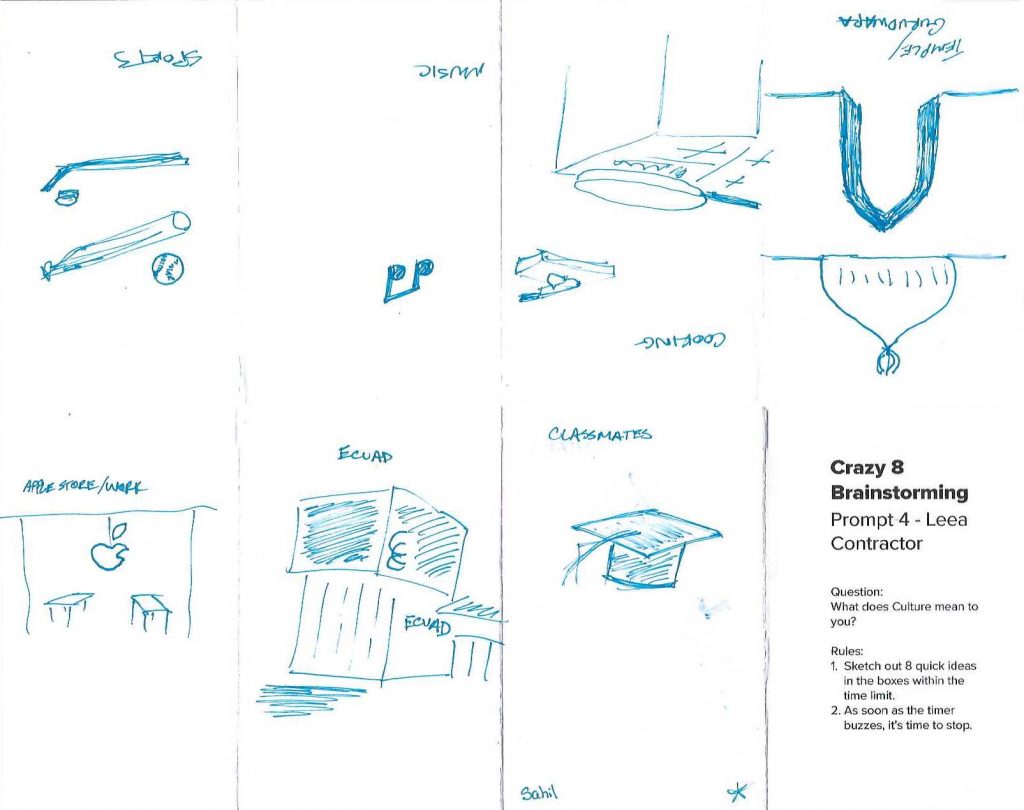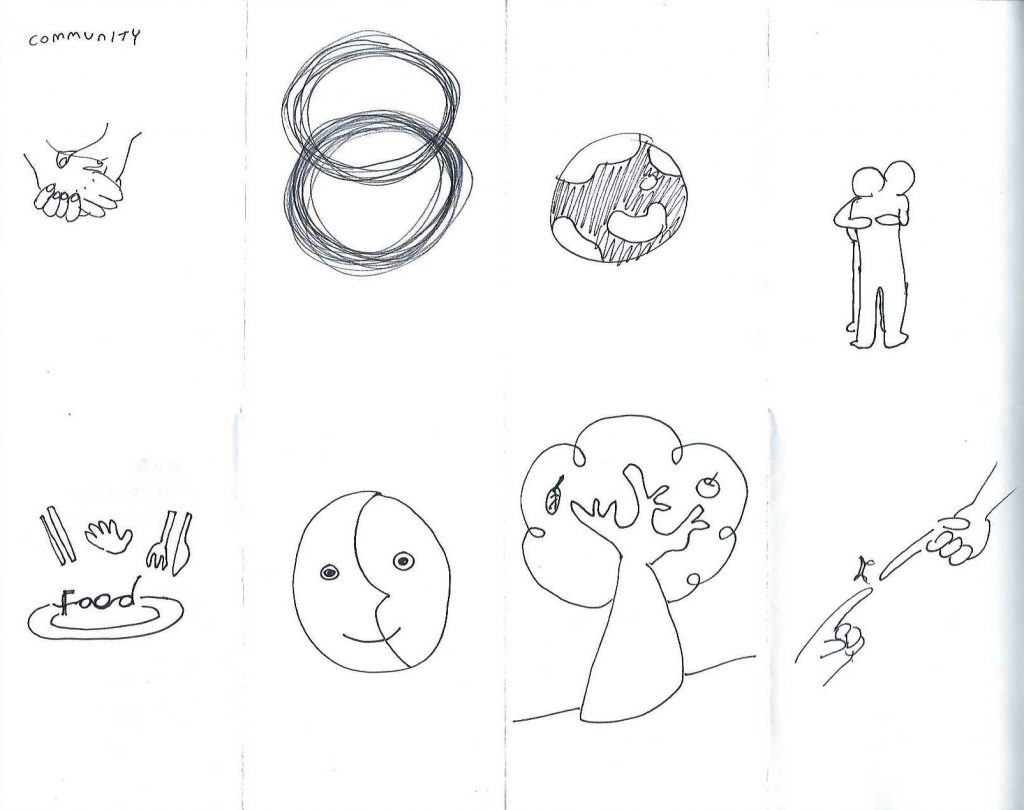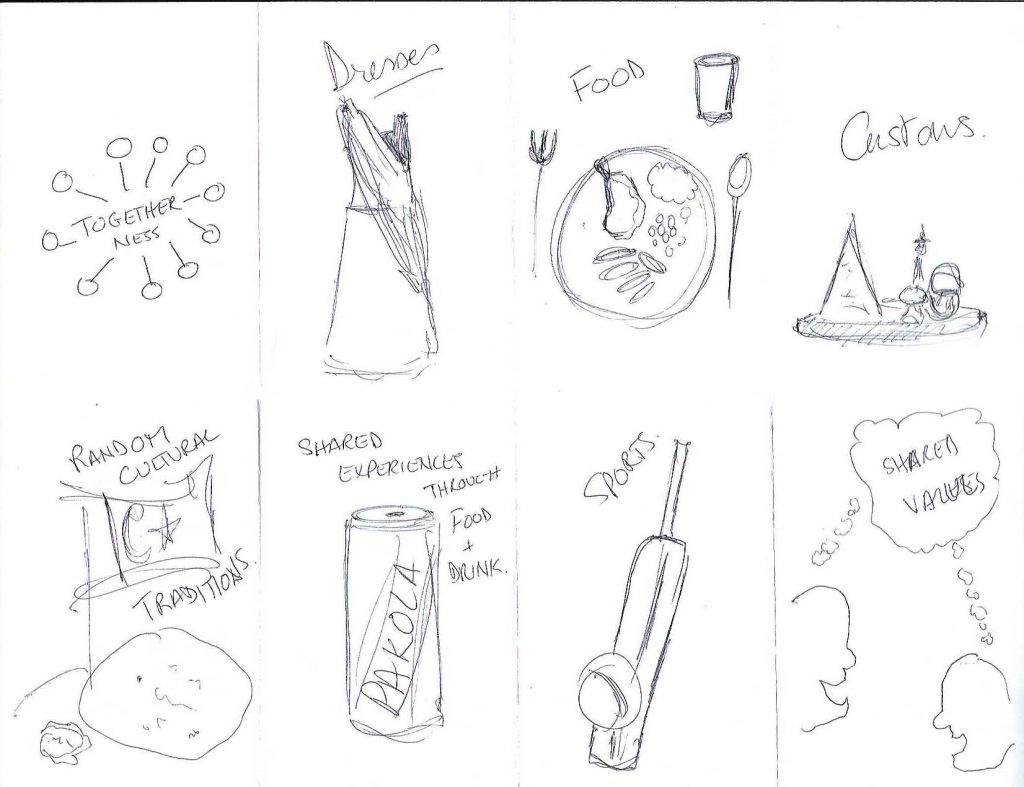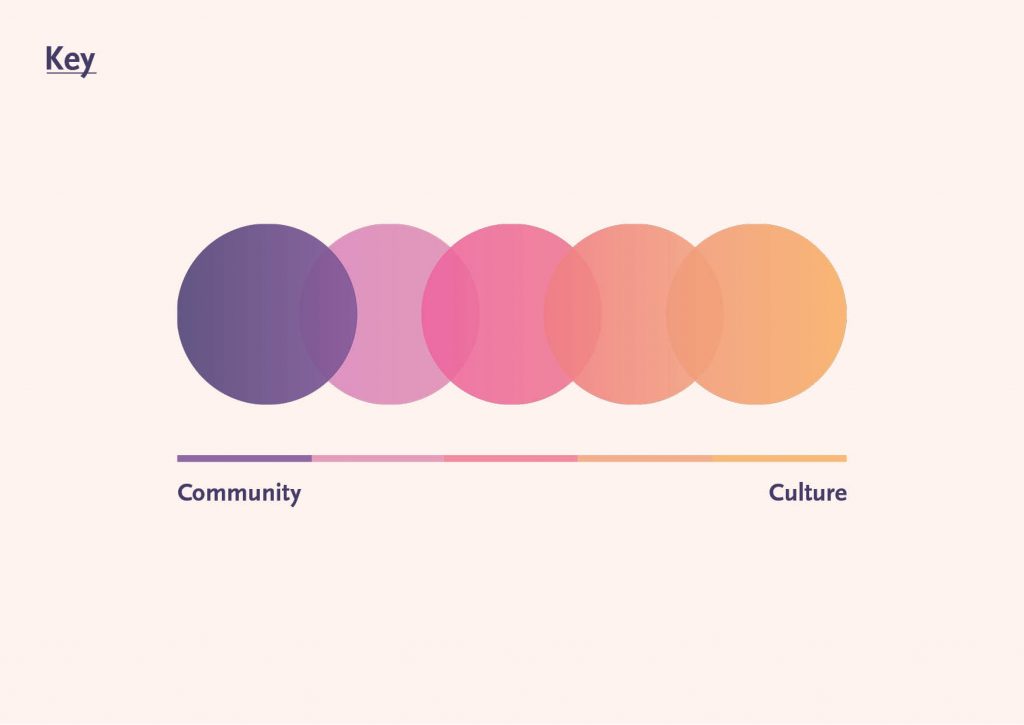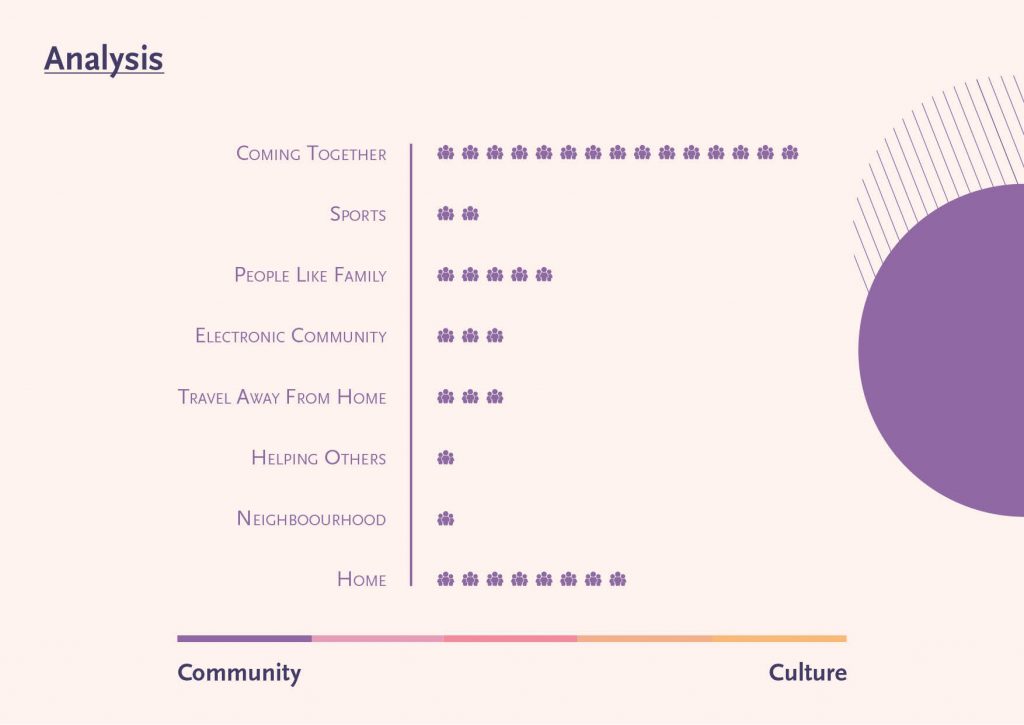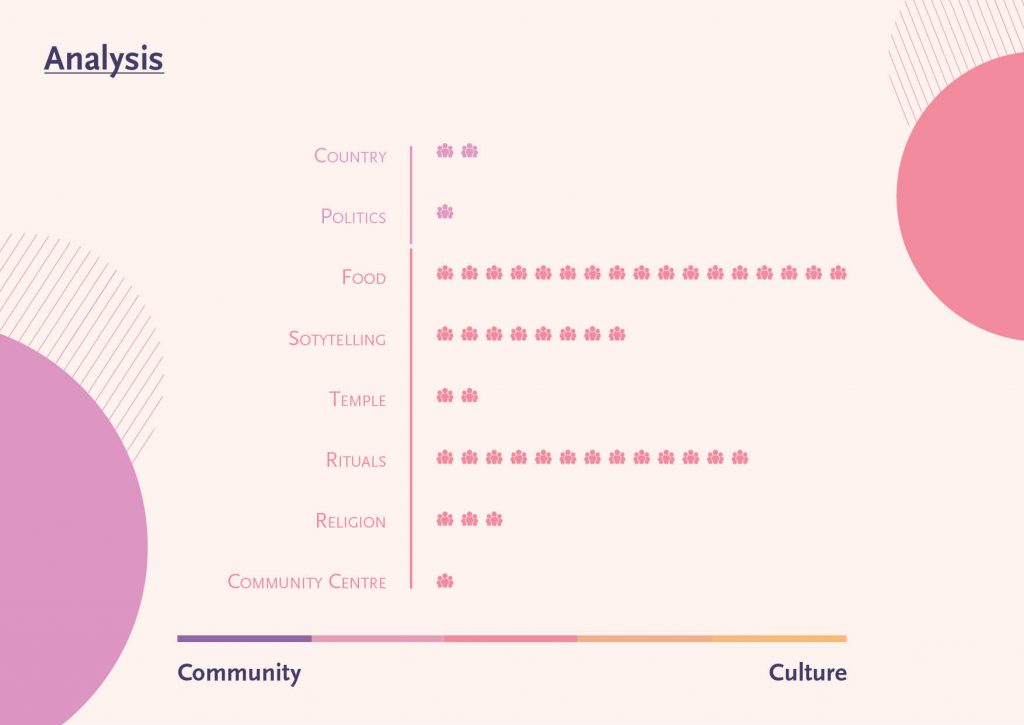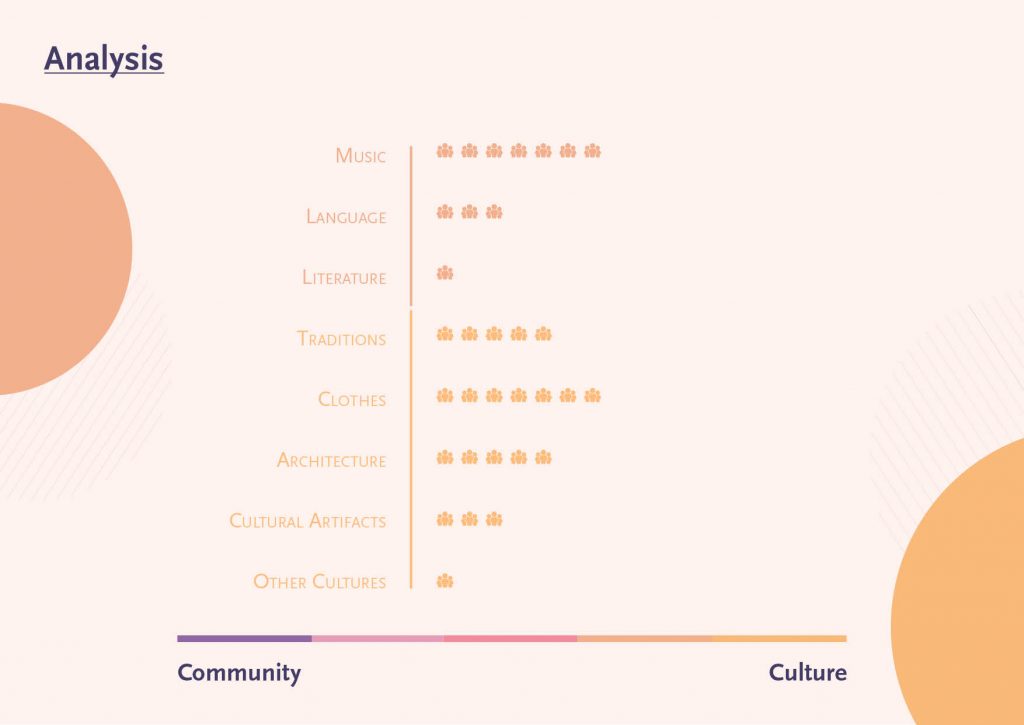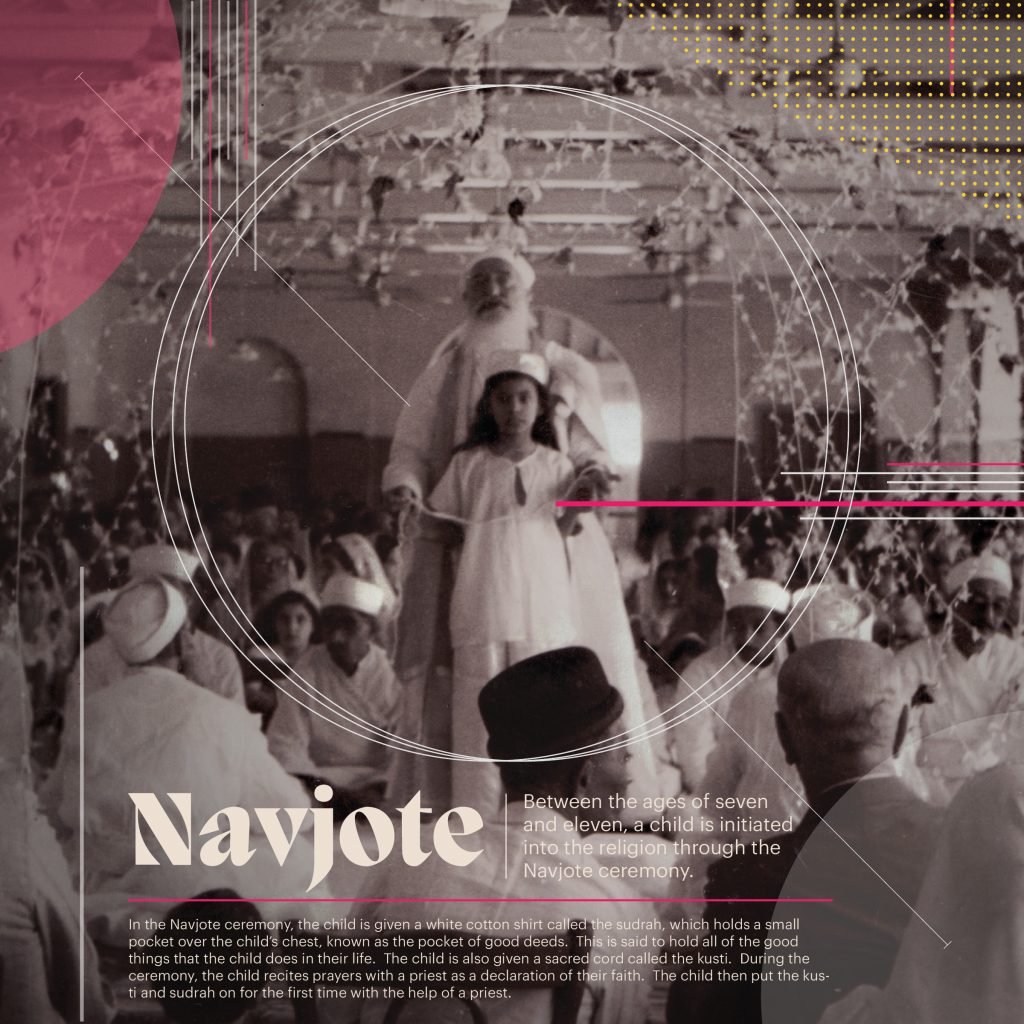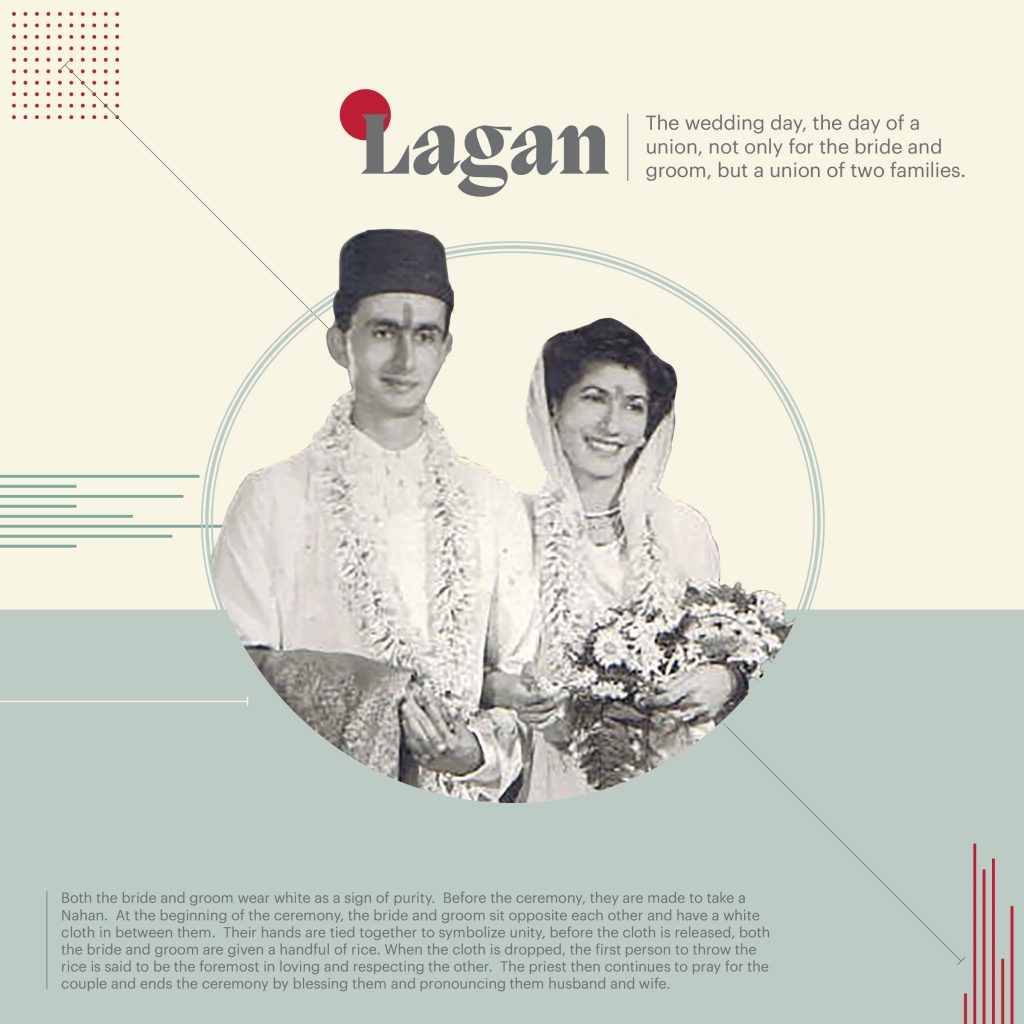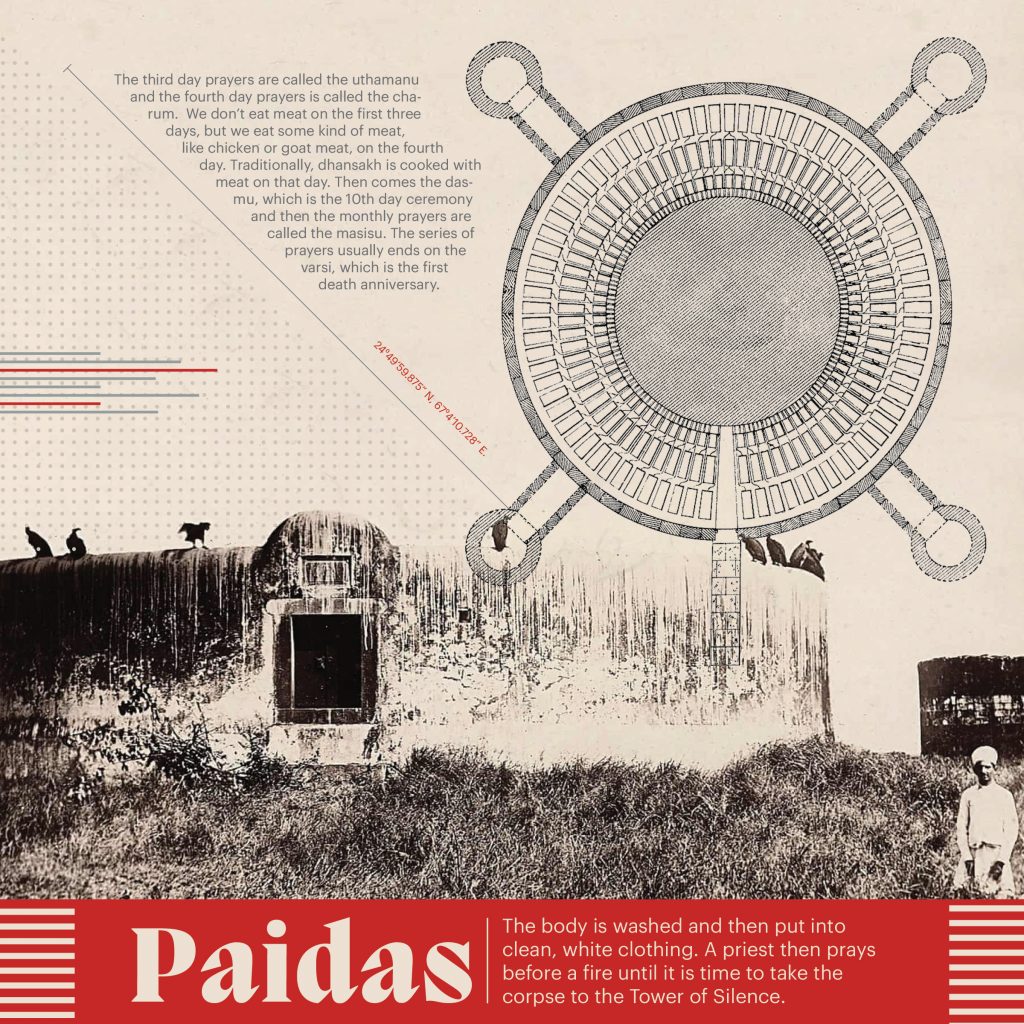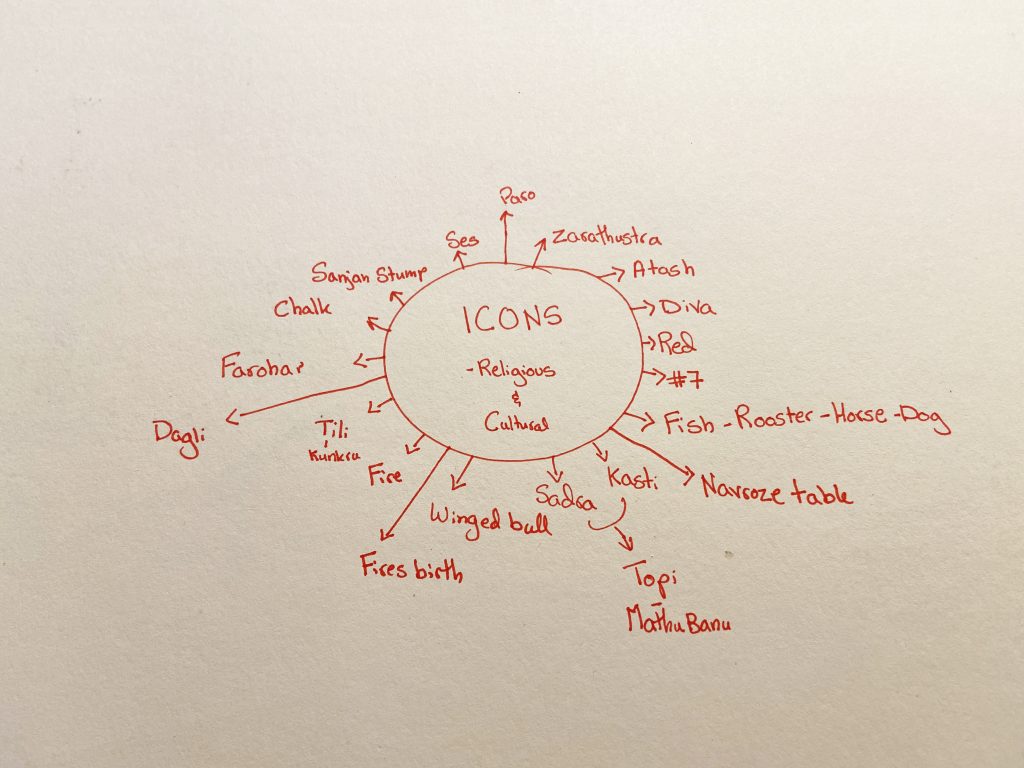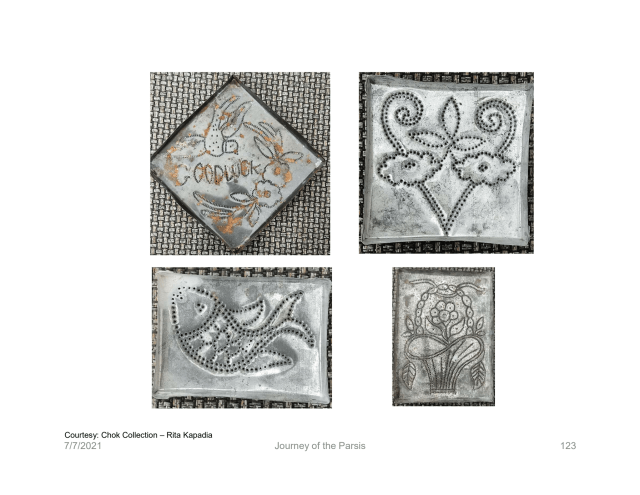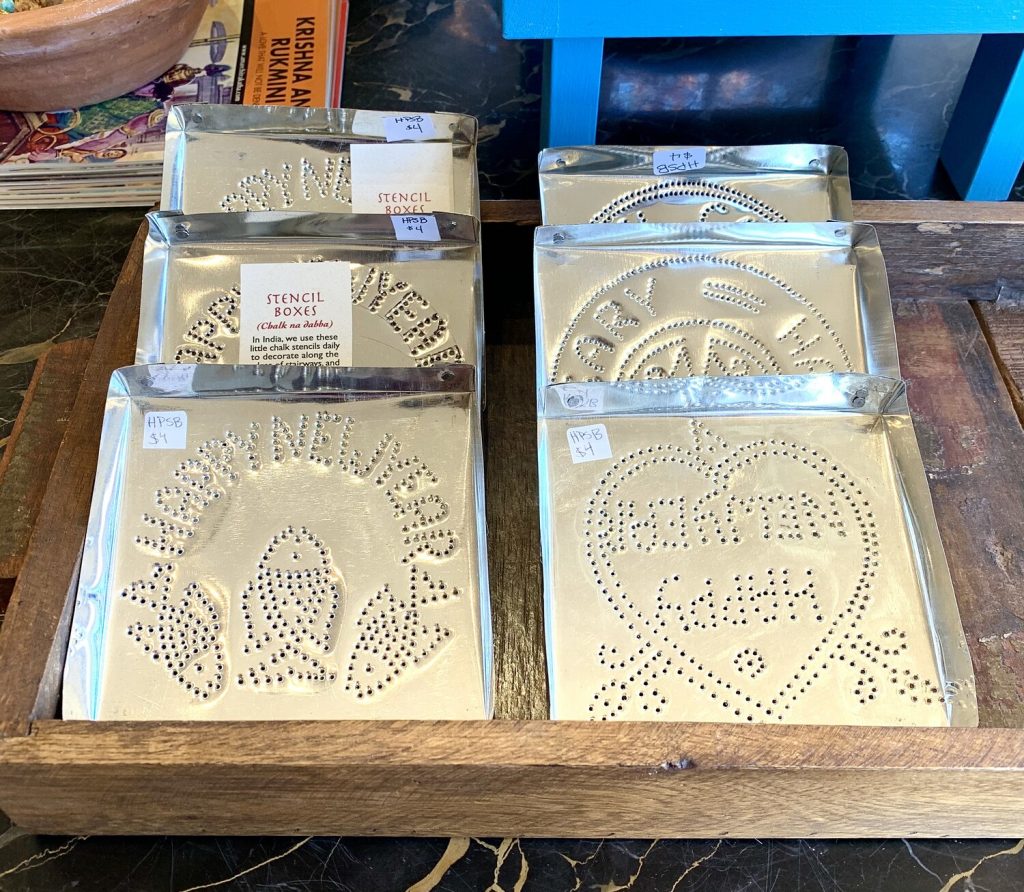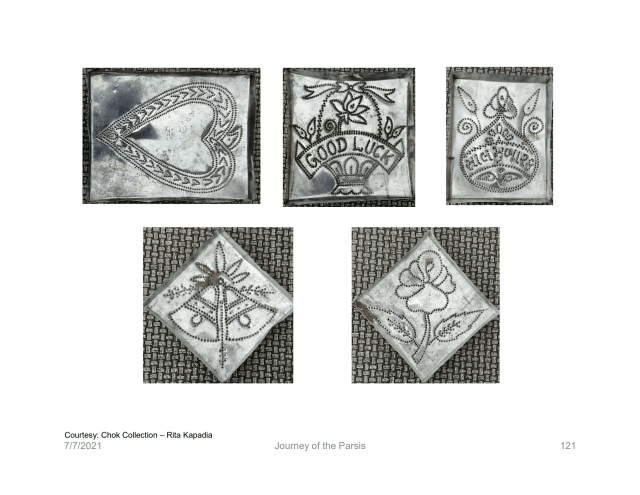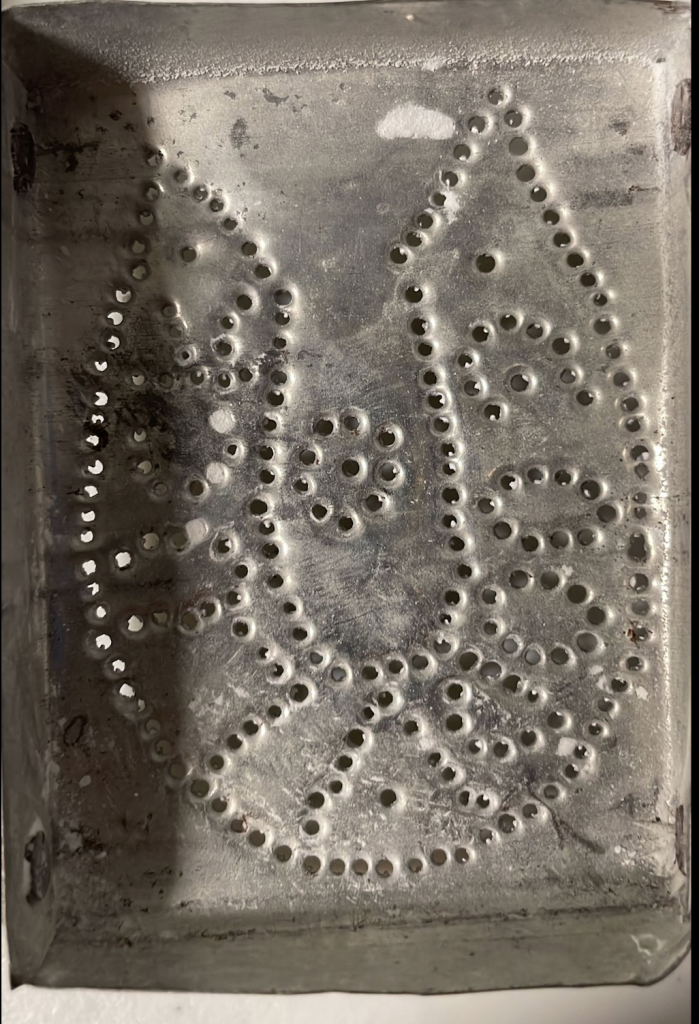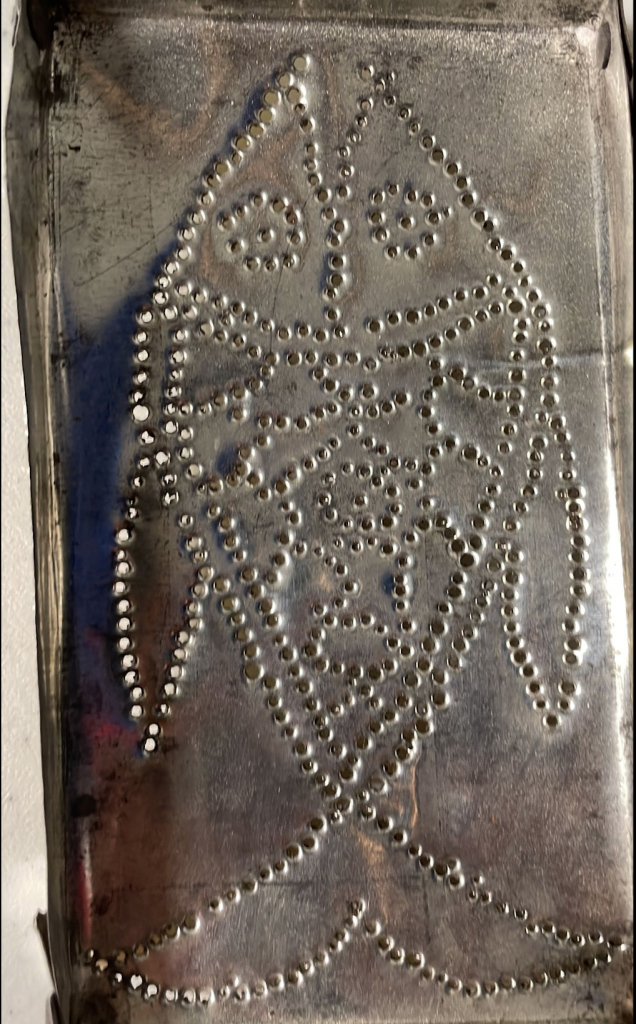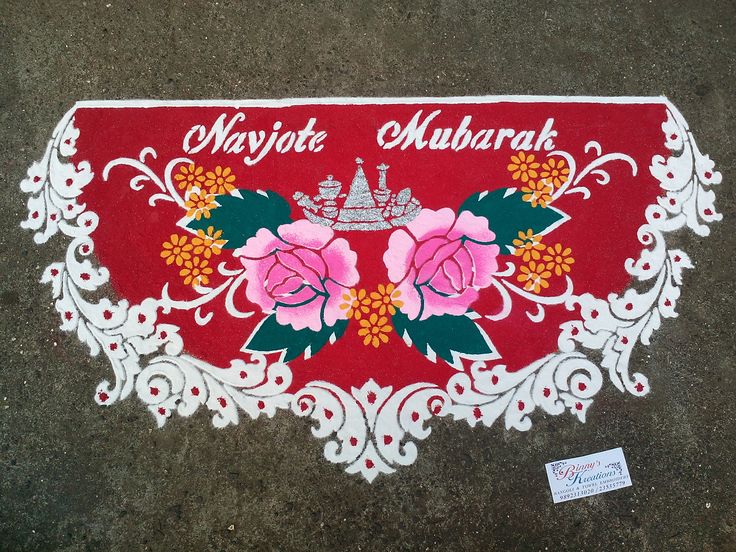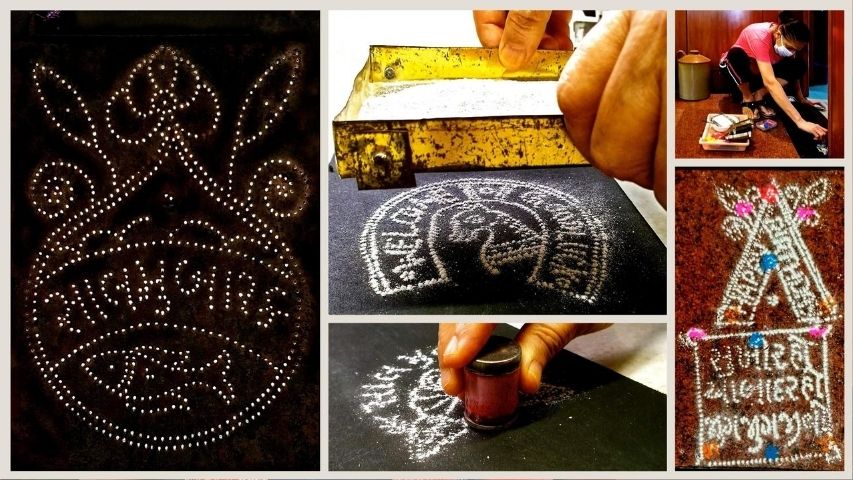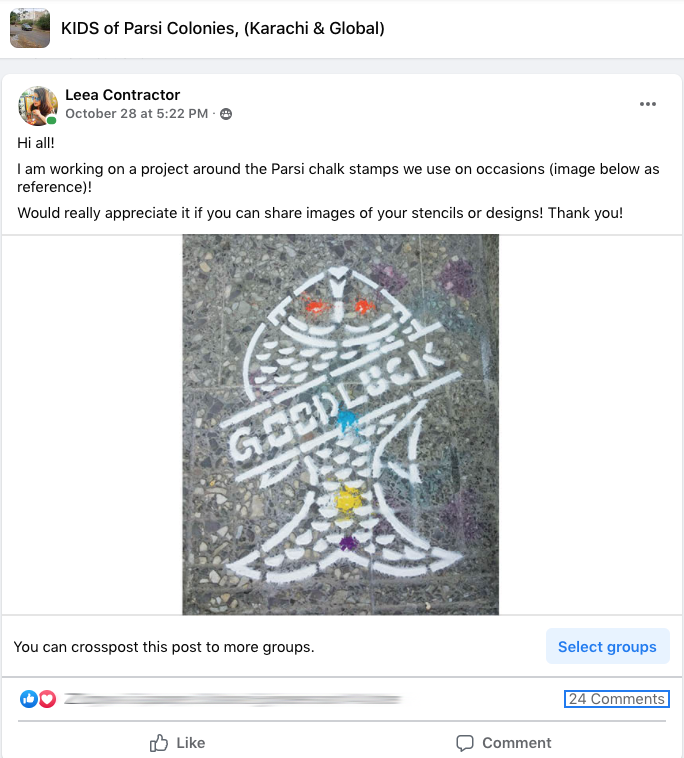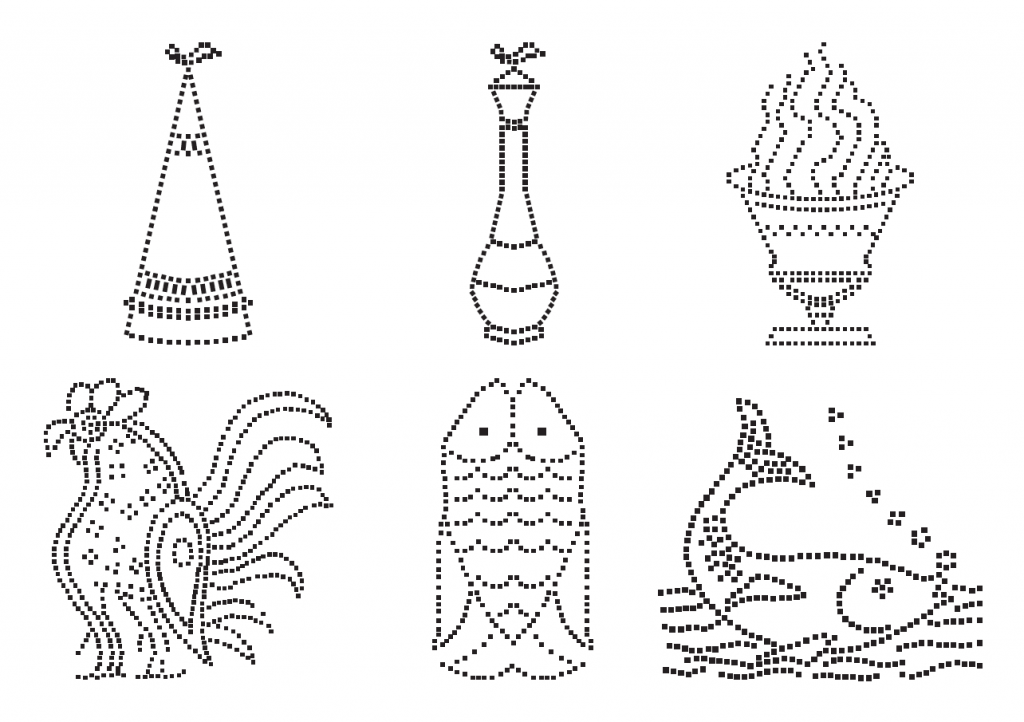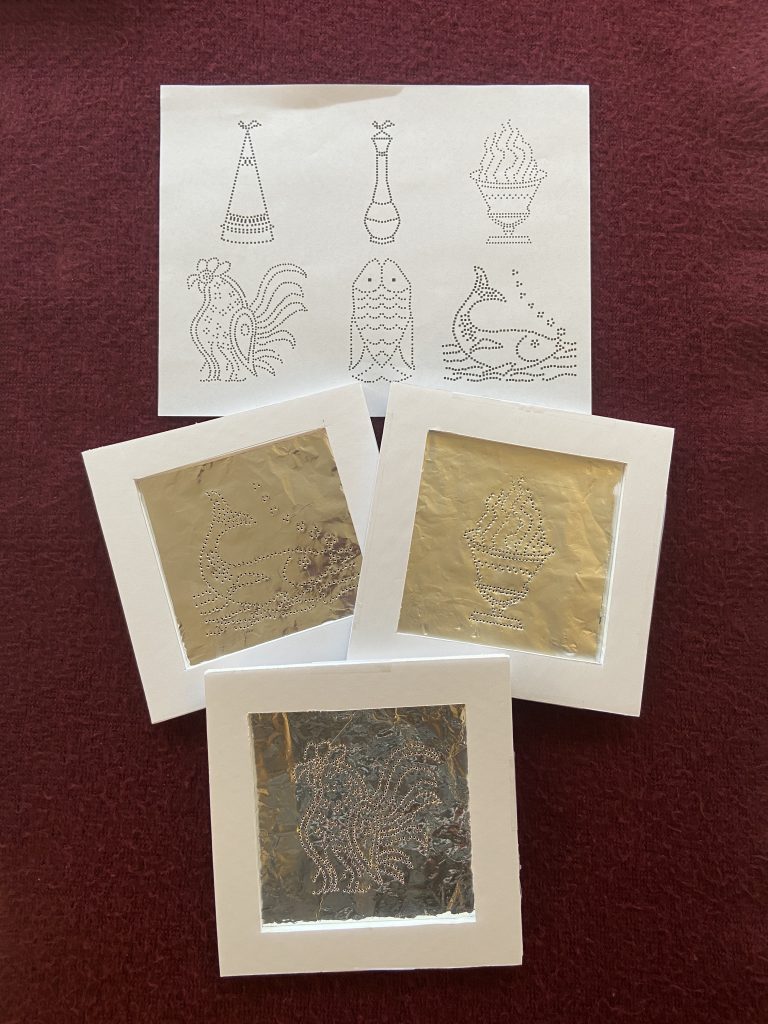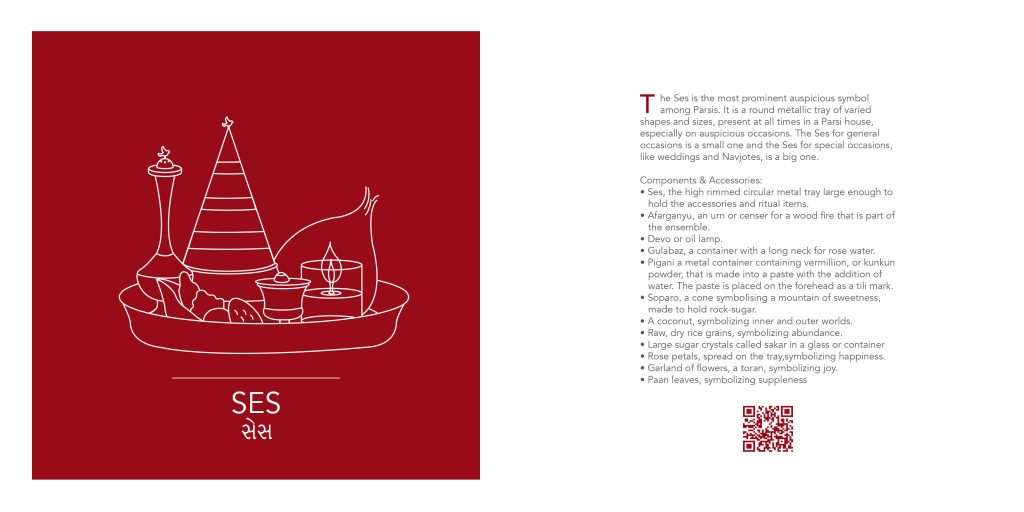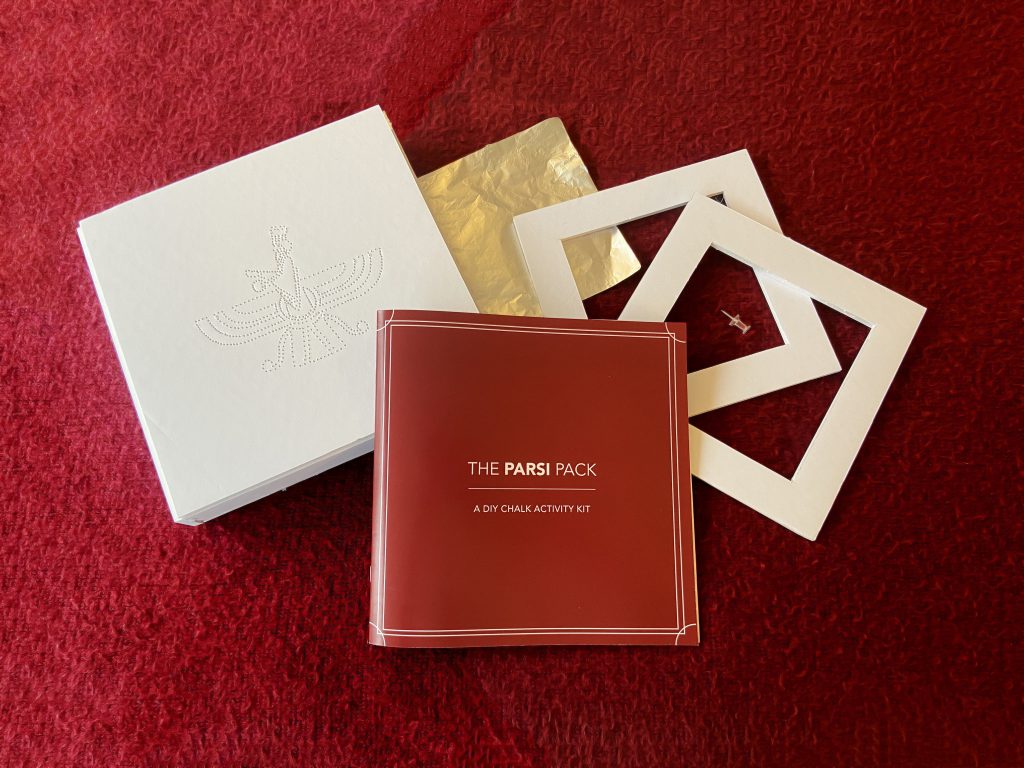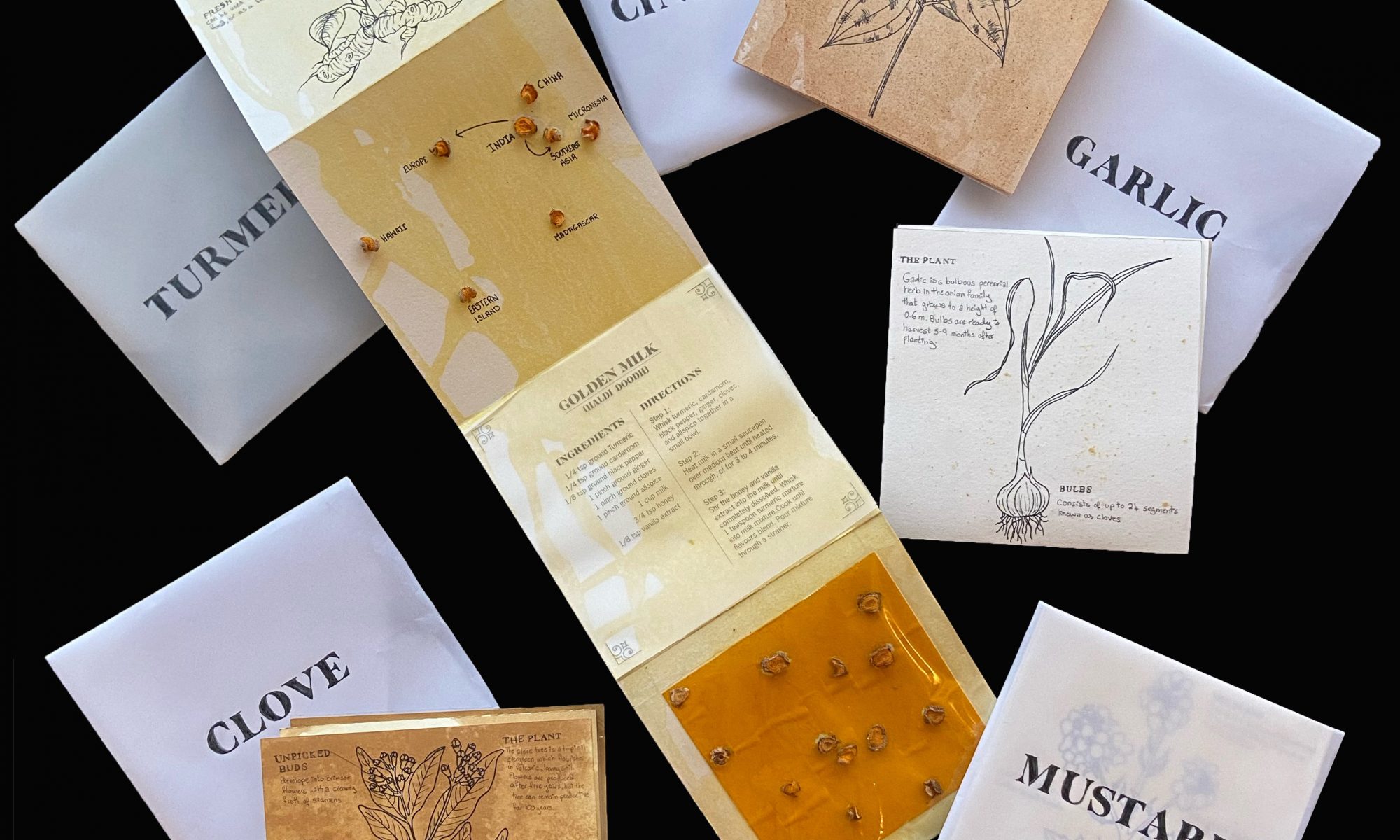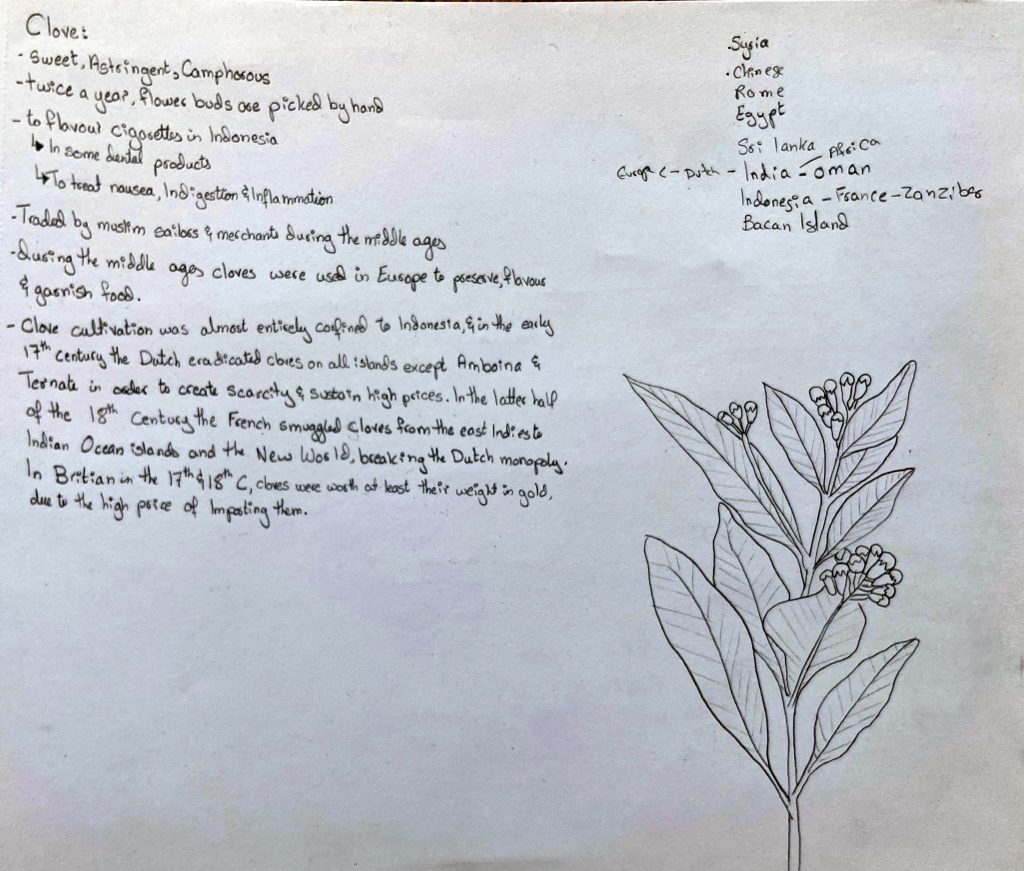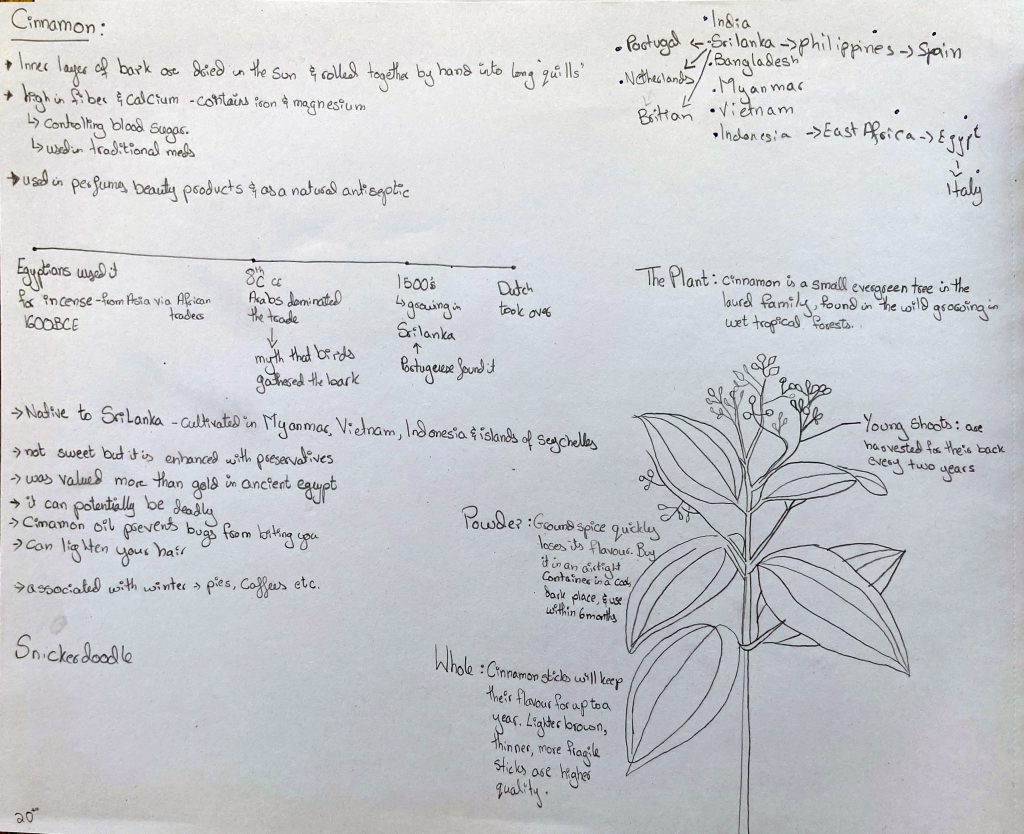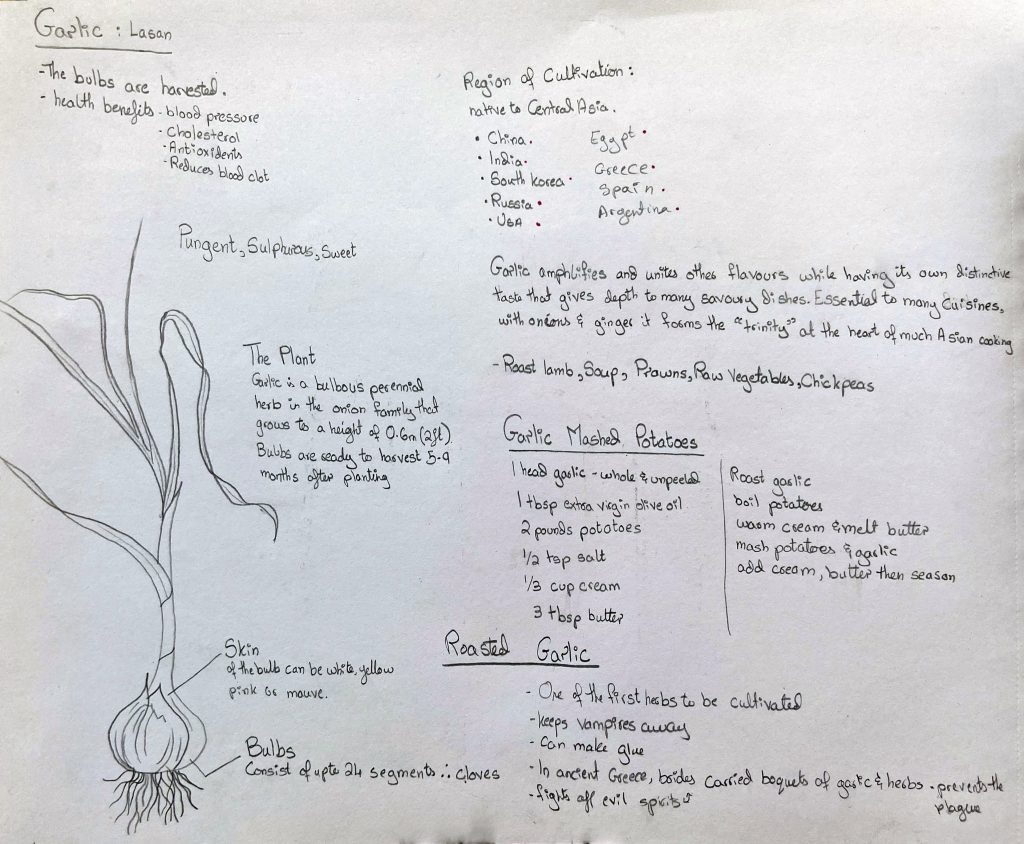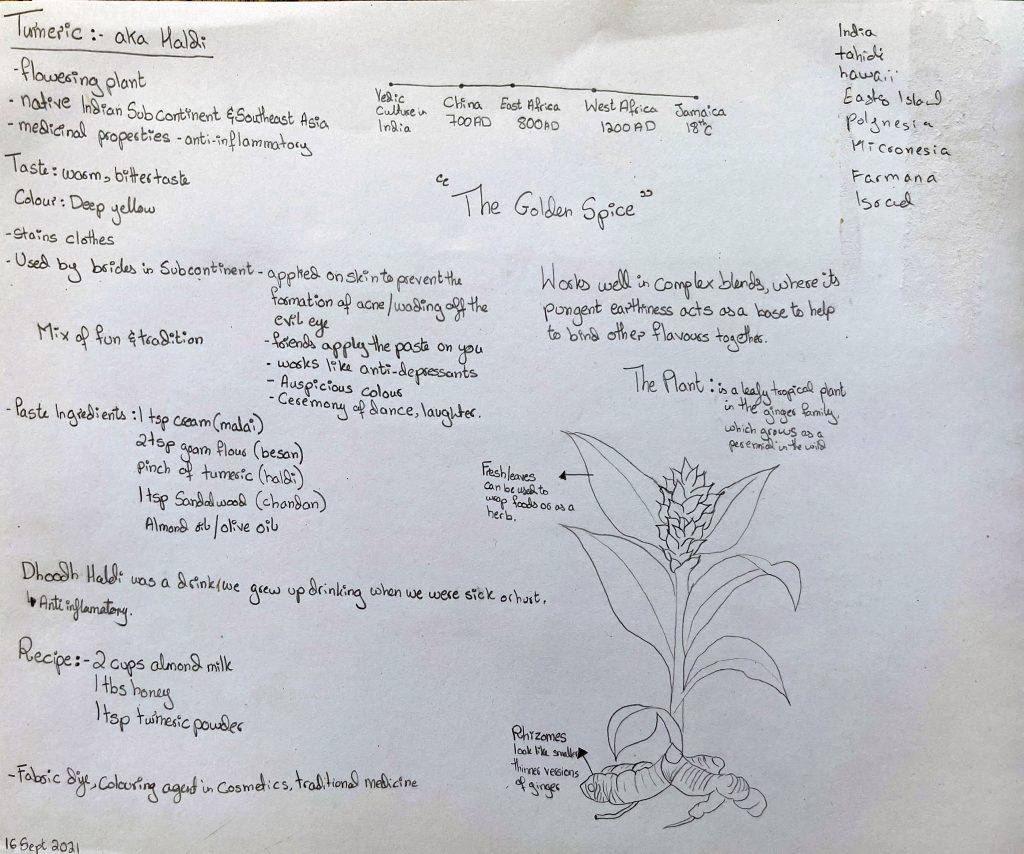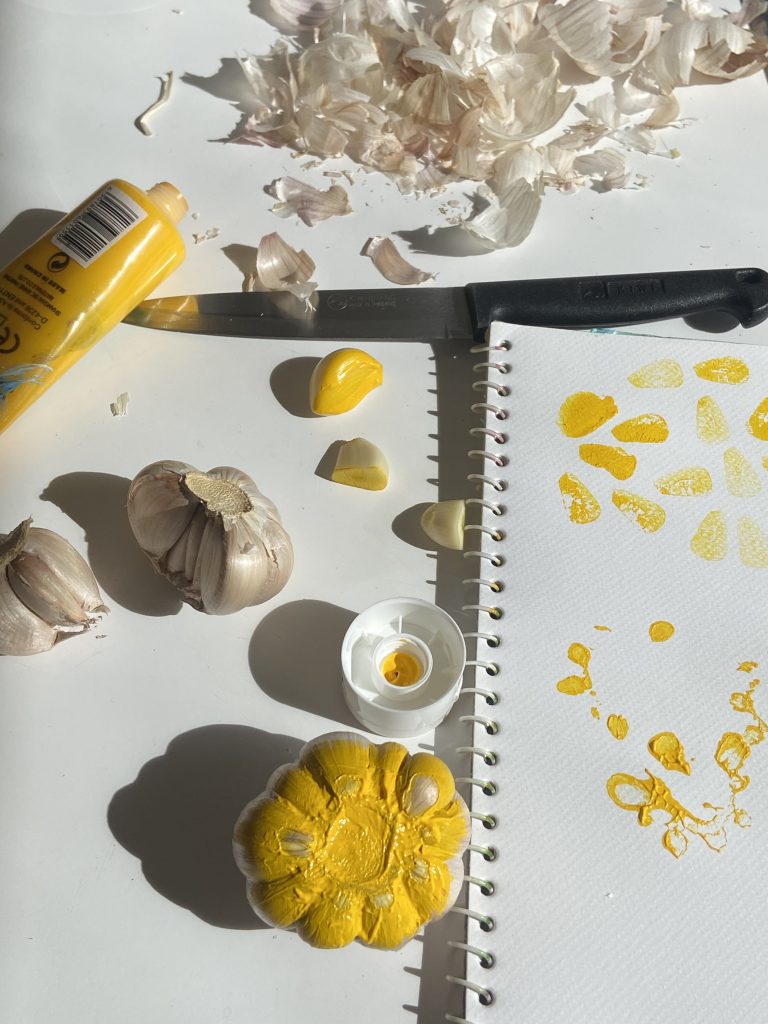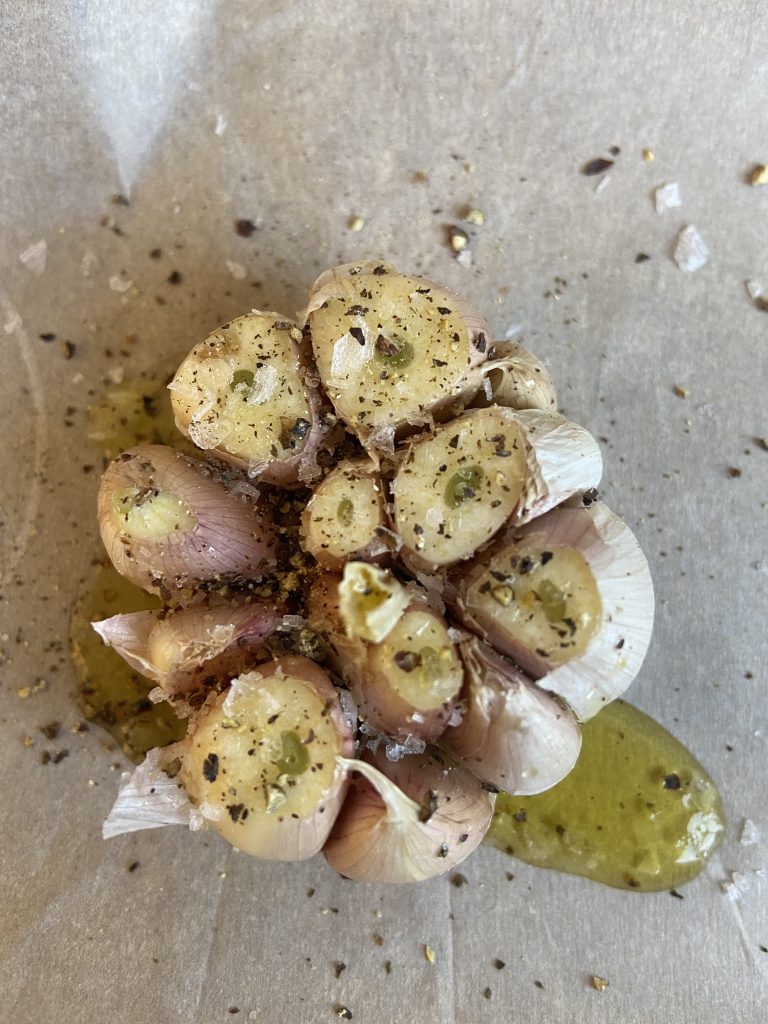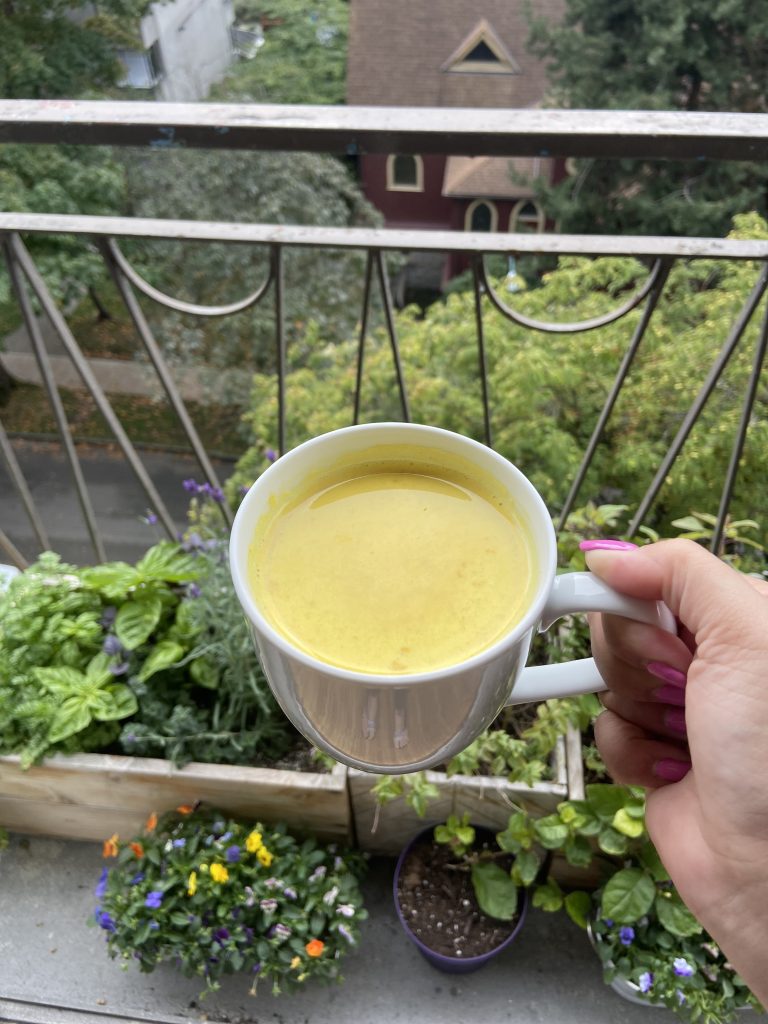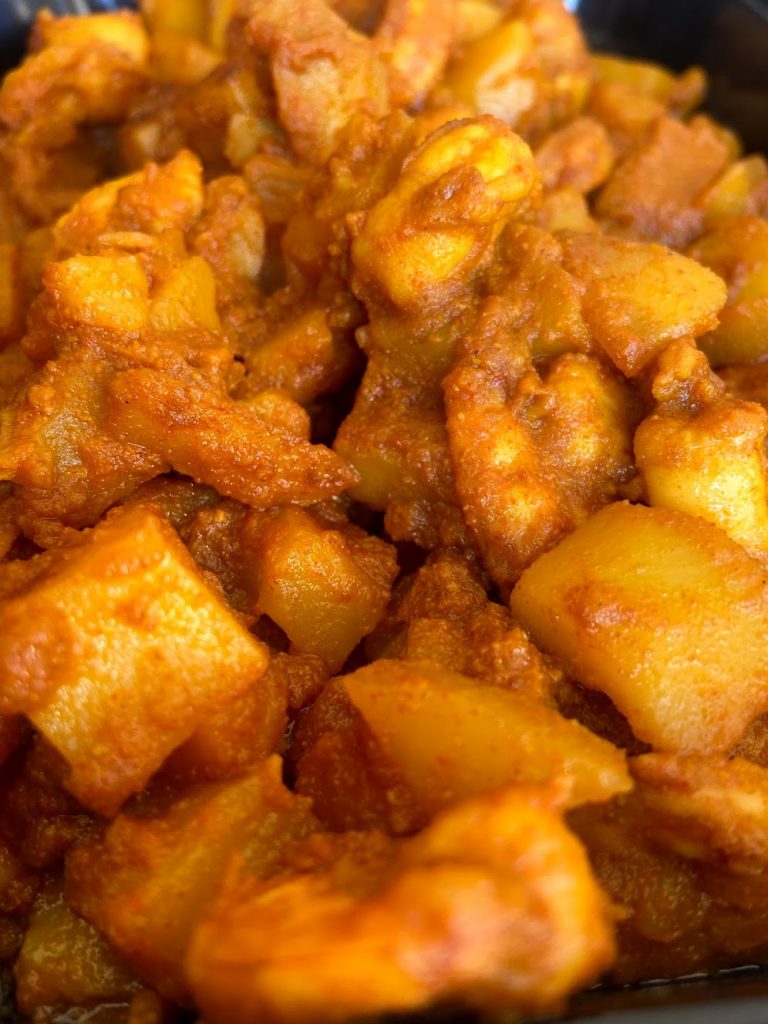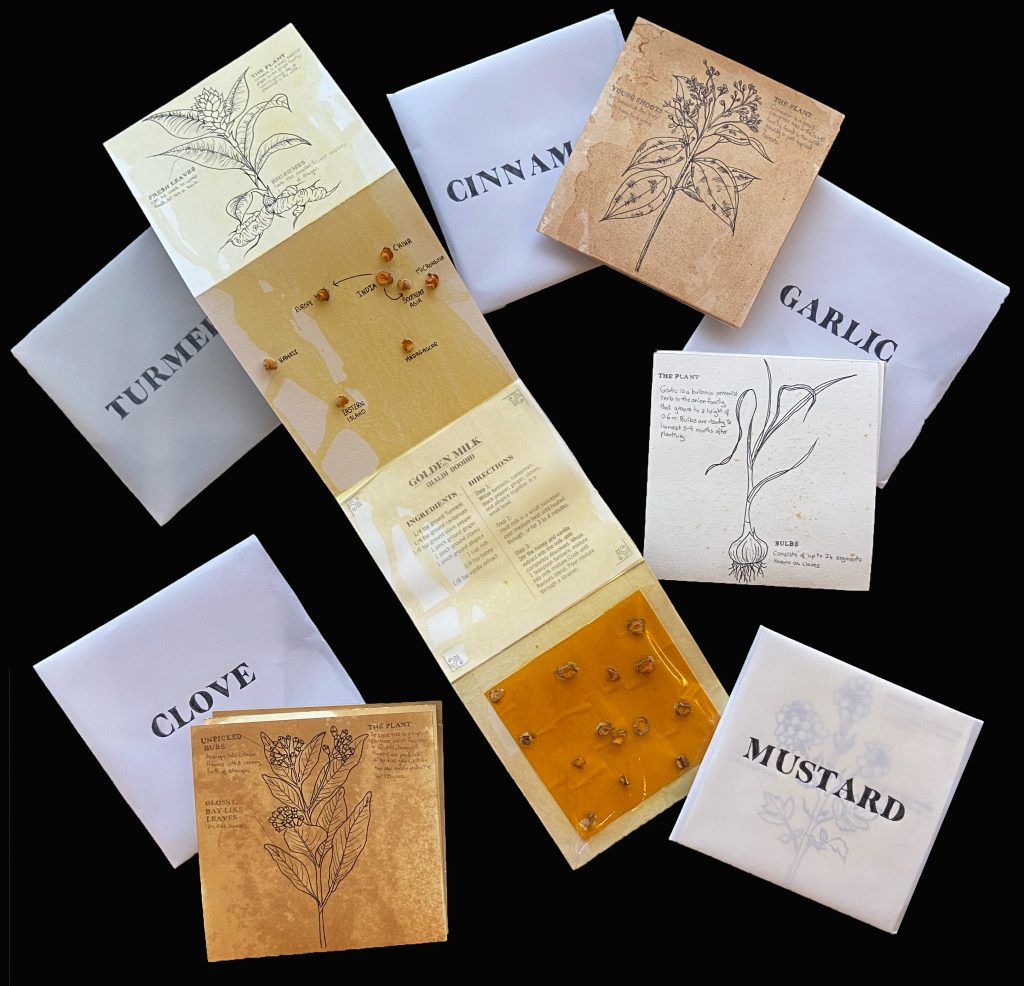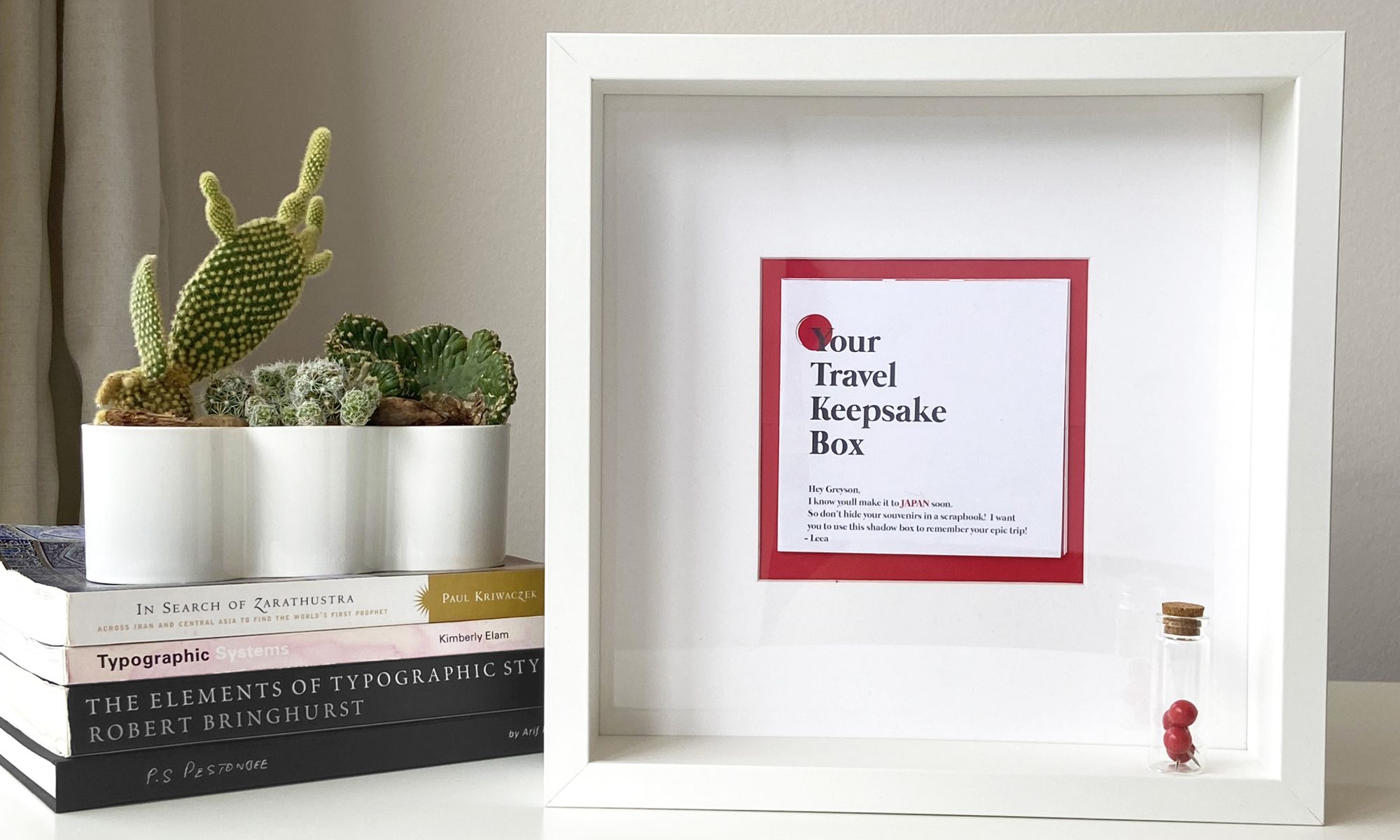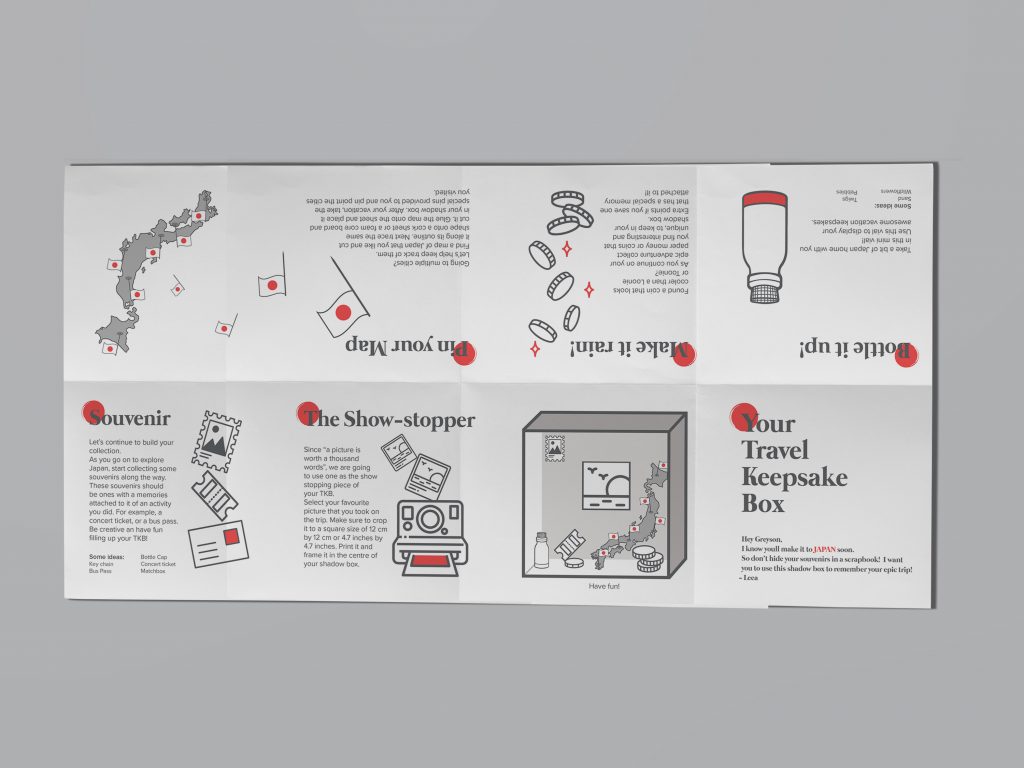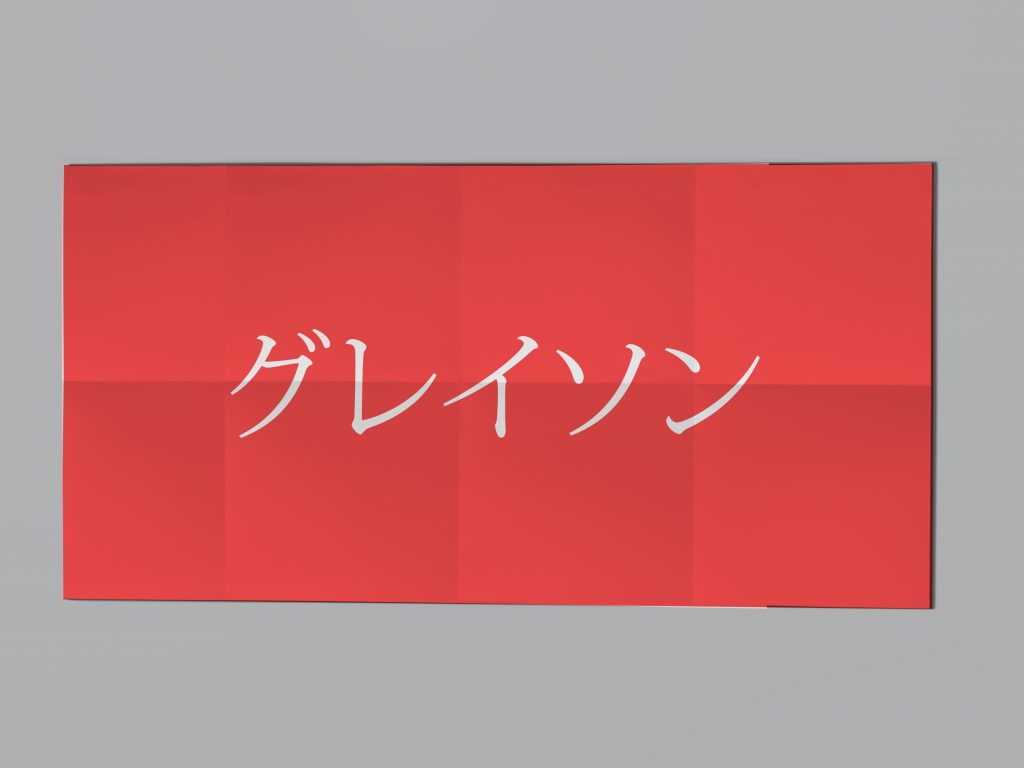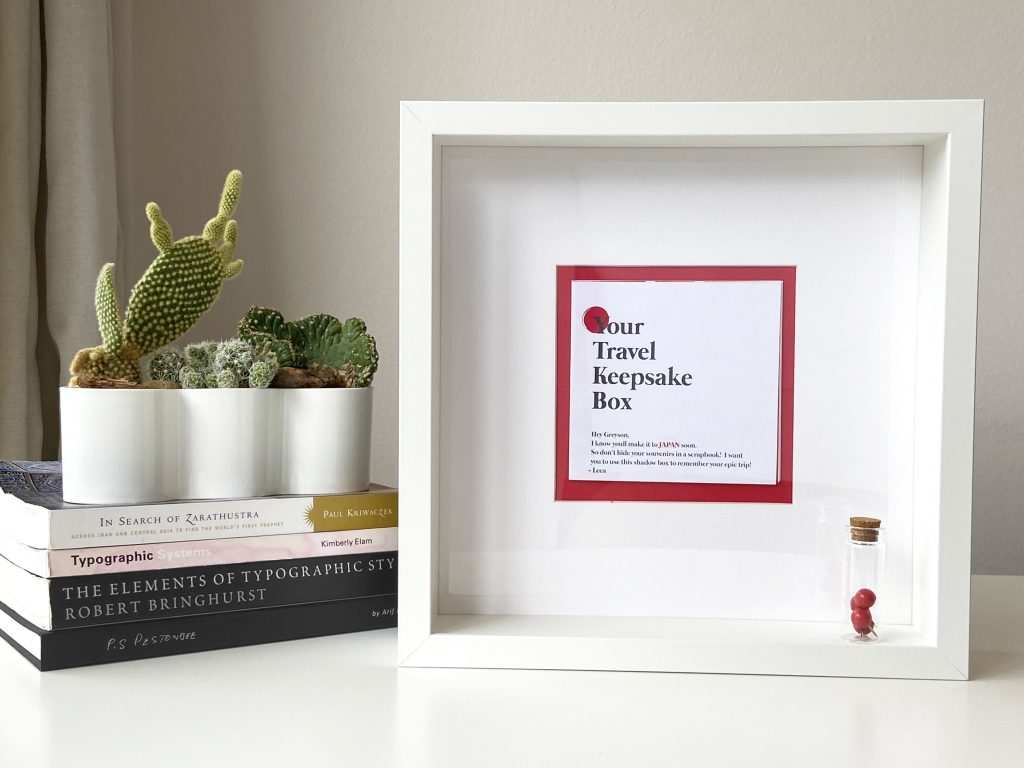GSMD-500 | Grad Studio 2
Prompt 9
1 – The Ritual:
For this prompt, I chose to pick up on one Ceremonial Parsi Ritual, the Navjote – a ritual through which an individual is inducted into the Zoroastrian religion and begins to wear the Sedreh and Kushti.

2.0 – The Ritual – Step by step guide:
2.1 – Nahan & Nirangdin – Physical and Spiritual Cleansing
Before the navjote ceremony, the initiate undertakes a ritual bath called the nahan, in a bathroom within walking distance of the area where the ceremony will take place. During this time, friends and family seat themselves and await the arrival of the initiate. In addition to cleaning the body, the nahan includes a spiritual purification called the nirangdin that enables the initiate to enter the faith in a state of spiritual purity. Here, in preparation for the bath, the initiate under the guidance of the officiating priest, recites a prayer and chews a pomegranate leaf (also see baresman). The initiate then either takes a small sip or symbolically places her or his lips to a small metal container containing nirang (consecrated white bull’s urine called taro or gomez when not consecrated). The taro is ritually consecrated to nirang in advance and is believed to have cleansing properties (also see Darmesteter 5.5). The priest will have added to the nirang, a pinch of the bhasam or the consecrated ash from a fire at the fire-temple. The nirang (taro) ritual is part of an ancient practice when taro was used externally and internally as a disinfectant before the advent of modern anti-bacterial agents. While strange today, thousands of years ago, the practice saved lives. When nirang-taro is not available, pomegranate juice can be used as a substitute. While the bath symbolizes external physical cleansing, the nirangdin represents internal spiritual cleansing. Put in another way, through the nahan and nirangdin rituals, the initiate symbolically prepares herself or himself to partake in the navjote ceremony with clean hands, and a clean heart as well. The symbolism also reminds the initiate that good health is needed to undertake the rigours and responsibilities of life. In the photograph to the left, the priest can be seen giving the initiate a small container. In all likelihood, this container contained taro. Also in the photograph, note the white, powdered chalk design, called chuna or rangoli, outside the threshold of the bathroom as well as the string of flowers (often tuberoses) on the upper frame of the door called a toran (for more on torans see the page on marriage customs). This practice is both decorative and thought to be auspicious. The priest stands outside the door while the initiate bathes behind closed doors. After the bath, the initiate puts on a loose fitting white trouser somewhat like a pyjama, a shawl wrapped over the shoulders, back and chest, and a prayer cap. Zoroastrians cover theirs heads while praying.
2.2 – Ceremonial Walk and Achu Michu
The female members of the family headed by the eldest woman, in this case the initiate’s grandmother, play a significant role in accompanying the initiate from the bathroom to the ceremony hall. They carry with them a tray called a sace or ses containing symbolic utensils, a coconut, flowers or a garland, sugar, rice and a set of new clothes, Including a new sudrah and kusti that the initiate will wear after the ceremony. The belief is that this is a particularly vulnerable time for the initiate as the temptations of evil assail the new initiate in order to introduce doubt and turn the initiate away from the chosen path. Therefore, once the group arrives at the initiation area, the eldest woman, here the initiate’s grandmother, exorcises any lurking evil, and prepares the initiate to begin the initiation process, cloaked as it were, with an aura of protection. During the ritual called achu michu a raw egg is circled around the initiate’s head seven times to absorb and ward off evil. Alternatively, rather than circling the egg over the head, the elder can walk around the initiate seven times before smashing the egg on the ground beside the initiate’s feet destroying any exorcised evil or the evil that may have been cast on the initiate. The process can be repeated with water, rice, betel nut, dates (placed in the tray or held in the hand) and finally a coconut which is also smashed on the ground. Each presumably has a special quality to absorb or ward off evil. The ritual has no support or justification in Zoroastrianism. It is nevertheless an interesting tradition that adds to the various rituals of the ceremony. The symbolism is that Zoroastrians are ever vigilant against evil and seek to walk the path of Asha or goodness.
2.3 – Navjote Ceremony Setting The Patet:
The initiate seeks repeatance The Patet: The initiate seeks repentance The traditional ceremony is conducted with priests and the initiate sitting on the floor or on a raised platform. Where priests are not available, the ceremony is conducted by an elder or someone familiar with the rites. The officiating priest sits directly opposite (facing) the initiate. The initiate and sometimes the officiating priest are flanked by assistants. One of the assistants maintains the fire called the Atash Dadgah. The initiate sits on a low stool, called a patlo, covered with a white sheet. Most Zoroastrian ceremonies are conducted on the floor covered with a white sheet called a sofreh. The practice reminds Zoroastrians to be humble, to be grounded and to stay connected with the earth and nature. The sace or ses, that in our photographic tour was carried by the mother and aunt, is placed beside the initiate. The sace contains new clothes as well as a sudrah and kusti with which the initiate will be invested. When sitting opposite one another, the initiate sits facing the sun. During the investiture, the priest will stand behind the initiate and both will face the source of light. The area is decorated with strings of flowers.
2.4 – Patet – Repentance
The final step in preparation for initiation into the faith including investiture with articles of faith, is repentance for past sins. This final spiritual cleansing enables the person to start a new-life, a nav-jote. This part of the ceremony is preformed sitting down, with the initiate and head priest facing one another. The officiating priest and any assistants begin the patet prayers. The initiate joins the prayers if she or he knows the prayers or can follow along. If not, the initiate is expected to silently repeat the Ahunavar (Yatha Ahu Variyo). At the conclusion of the patet, the initiate and officiating priest rise to stand facing one-another marking the start of the investiture ceremony and the navjote proper. Once standing, together they begin to recite the kusti prayers, prayers for untying and retying the kusti. Investiture At the conclusion of the patet, the initiate and officiating priest rise to stand facing one-another marking the start of the investiture ceremony
2.5 – Fravarane – Pledge of Faith
The pledge of faith made by the initiate at the navjote ceremony and daily thereafter, is called the Fravarane. The Fravarane contains the creed of the faith: to commit to a life based on good thoughts, good words and good deeds. The following lines are taken from the closing lines of the Fravarane as stated in Yasna 12.
2.6 – Tandorosti
Blessing The ceremony ends with the initiate and priest opposite one another, and the priest offering blessings – praying that the initiate may enjoy a long, healthy and righteous life full of grace. In Persian, tan means body and dorost means correct or healthy in this case. This stage starts with the priest placing a tila or kunkun (a red powder paste that adheres to the forehead when dry, symbolizing a third, spiritual eye. This is a custom borrowed from the Hindus), a garland around the initiates neck, a coconut, a bouquet of flowers, and betel-nut leaves in the initiates hands. As the priest recites the blessings, he sprinkles the initiate with rice and flower petals, figuratively showering him with good fortune. Navjote – The initiate and his parents Priest showering the initiate with flower petals during the tandorosti Navjote – The initiate and his parents The initiate’s mother congratulates him after the tandorosti The initiate has now been initiated into the Zoroastrian faith according to its rites and customs.
2.7 – Celebration & Festivities – Sharing of Food
Once the priest has left, the festivities celebrating the initiation and coming of age start with the congregation coming up to congratulate the initiate and give the initiate gifts, usually envelopes of cash. When the congratulations and the giving of gifts have finished, the gathering retires to share a meal together. In India, the custom is, or was, to use banana leaves as disposable plates. For a person who has just entered the age of reason, and for whom the navjote is also a coming of age celebration, the person is from this day onwards, responsible and accountable for every thought, word and deed.
3 – The Navjote
